Supporting Lung Health During and After Forest-Fire Exposure
Wild forest fires have become increasingly common in recent years, with Canada experiencing its fair share of these devastating events. Exposure to smoke and pollutants during and after a forest fire can have severe implications for respiratory health. In this blog post, we'll review some tips for avoiding pulmonary damage during elevated fire risk as well as guidance on supplements that can be used to help support health during and post forest fire exposure.
Blog Contents
Overview of Forest Fires in Canada
As of June 2023, the wildfires in Canada have caused extensive damage throughout the country, with over 4 million hectares burned across multiple provinces. That is estimated to be more than double the historical average. (1)
The air quality throughout the region has been severely impacted, with smoke visible from space and advisories issued for Canada and even parts of the United States.
Despite governmental efforts, the severity of the situation calls for continued action and support from all levels of government and society as a whole. The long-term impact of these fires will likely be felt for years to come, making it crucial for ongoing efforts to be made to protect communities and prevent future disasters.
Facts and Stats About Forest Fires in Canada
Beginning in March 2023 and increasing in intensity around June, Canada has been affected by an ongoing record-setting series of wildfires. As the worst wildfire season in recorded Canadian history, eleven provinces and territories have been affected, with large fires in Alberta, Nova Scotia, Ontario, and Quebec. (3-5)
The Impact of Forest Fire Smoke on Lung Health
The impact of forest fire smoke on lung health is a growing concern for many individuals living in areas prone to wildfires. The smoke from these fires can contain harmful particles and gases that can irritate the eyes, nose, and throat, and ultimately, damage lung health. (6)
Those with preexisting lung conditions, such as asthma or COPD, are at an increased risk of experiencing adverse effects from the smoke. Even healthy individuals can experience symptoms such as coughing, wheezing, and difficulty breathing. (7,8)
It's essential to take precautions during times of high smoke exposure, such as staying indoors and wearing N95 masks. Understanding the impact of forest fire smoke on lung health can help individuals stay informed and take necessary measures to protect themselves.
Public Health Efforts
During a forest fire, Canadians should be aware of the air quality in their surroundings. The smoke from the fire produces harmful particles that can cause irritation and respiratory issues. (9)
It is crucial to monitor air quality levels through government websites and local news sources.
People with pre-existing conditions such as asthma or heart disease, children, and the elderly are all at higher risk of being affected by poor air quality. It's important to limit outdoor activities and stay indoors as much as possible during a forest fire and to wear protective masks if going outside is necessary.
By staying aware and taking necessary precautions, Canadians can minimize the health risks associated with forest fires.
Strategies to Protect Your Lungs from Forest Fire Smoke
- People can limit their exposure to smoke by staying indoors as much as possible, using an air purifier in their homes, and closing windows during times when there is a high level of smoke in the air
- To improve lung health, people can exercise regularly, eat a healthy diet rich in fruits and vegetables, and avoid smoking cigarettes
- It's also important to be aware of any symptoms of lung problems, such as coughing, wheezing, and shortness of breath, as early detection can help prevent serious health issues down the road
By taking these steps, people can help keep their lungs healthy and reduce their risk of lung-related health problems later in life.
Supporting Lung Health After Forest Fire Exposure
Fortunately, research has shown that making certain dietary modifications can help protect and improve lung function and supporting lung health after forest fire exposure. Access the guide – Lung Health: Essential Nutrition & 3-Day Meal Plan
Breathing Exercises for Lung Health Post Smoke Exposure
Breathing exercises have garnered significant attention due to their potential benefits for lung health. A meta-analysis investigated the impact of breathing exercises on postoperative pulmonary function and quality of life in lung cancer patients. The study's findings revealed that engaging in breathing exercises after lung cancer surgery resulted in improved lung function and enhanced quality of life compared to non-participants. (21)
These results highlight the importance of incorporating breathing exercises as a crucial component of wellness for those going through lung-related stress. By practicing regular breathing exercises, patients can potentially enhance their pulmonary function and experience improved overall well-being.
Sample Breathing Exercise
Take a moment to rejuvenate your lungs with this revitalizing breathing exercise designed to improve lung function. For maximum benefit, find a serene spot with HEPA filters that ensure clean, fresh air, allowing you to fully immerse yourself in this five-minute practice.
Step 1: Find a Tranquil Space with HEPA Filters
Select a peaceful environment equipped with HEPA filters, such as a well-ventilated room or a designated area with an air purifier. HEPA filters effectively capture airborne particles, providing you with cleaner air to breathe during your exercise
Step 2: Comfortable Seated Position
Sit comfortably with your back straight, either on a chair or on the floor. Rest your hands gently on your lap or place them on your abdomen to enhance awareness of your breath
Step 3: Deep Belly Breathing
Take a slow, deep breath in through your nose, allowing your abdomen to expand as you fill your lungs with fresh air. Feel your diaphragm lower, pushing down and creating space for your breath. Visualize the air reaching the deepest corners of your lungs
Step 4: Exhale Slowly
Exhale slowly through your mouth, emptying your lungs completely. As you release the breath, imagine any tension or stagnant air leaving your body, making room for revitalizing oxygen
Step 5: Focus on the Breath
Continue breathing deeply and rhythmically, inhaling through your nose and exhaling through your mouth. With each breath, visualize the air travelling through your airways, infusing your lungs with vitality and strength
Step 6: Conscious Lung Expansion
With each inhalation, imagine your lungs expanding and opening up, allowing fresh air to fill every alveolus. Feel the oxygen nourishing your body and energizing your cells
Step 7: Slow Exhalation
As you exhale, visualize any toxins or stagnant energy leaving your lungs, creating space for renewed vitality. Emphasize a slow and controlled release, maintaining a steady rhythm throughout the exercise
Step 8: Mindful Awareness
Maintain a state of mindful awareness throughout the exercise. Focus on the sensation of the breath entering and leaving your body, grounding yourself in the present moment
Regular practice of this exercise, in a space with HEPA filters, can contribute to improving your lung function, reducing anxiety, supporting mental clarity and improvement in overall respiratory well-being.
Supplements That Support Lung Function
Black Seed Oil for Lung Health
Black seed oil, derived from the Nigella sativa plant, has been used for centuries in traditional medicine for its numerous health benefits. Research suggests that black seed oil possesses anti-inflammatory, antioxidant, and antimicrobial properties, which can aid in supporting lung health. Its active compounds, such as thymoquinone, may help reduce inflammation in the airways, alleviate asthma symptoms, and protect against lung injury caused by exposure to pollutants. (22)
The effect of black seed on lung health has been investigated in 20 human clinical trials. These trials consistently demonstrate improvements in pulmonary function, indicating the potential benefits of Nigella sativa for respiratory well-being. Moreover, the studies report minimal recorded side effects and no serious adverse reactions associated with Nigella sativa administration. These findings suggest that Nigella sativa holds promise as a safe and effective intervention for enhancing lung health, with the potential to improve respiratory function without causing significant unwanted effects. (23)
The recommended dosage of black seed oil for supporting lung health after forest fire exposure is between 2.5ml to 5ml depending on the strength of the oil and the source. Here are some key health benefits (24):
- COPD: In a randomized controlled double-blind clinical trial, COPD patients were treated with pure cold-pressed black seed oil. The treatment was found to significantly improve lung functions and maintain the oxidant-antioxidant balance in COPD patients (25)
- Asthma: In people with asthma, taking black seed oil for 4 months was found to be safe and effective as a supplementary treatment that improved their symptoms and overall well-being (26)

N-Acetylcysteine and Lung Health
Acetylcysteine is a compound that serves as a precursor to the amino acid cysteine. It is commonly used as a medication and supplement due to its various therapeutic properties. When ingested, acetylcysteine gets metabolized into cysteine, which plays a crucial role in the synthesis of glutathione, a powerful antioxidant in the body. (27)
By replenishing cysteine levels, acetylcysteine helps support the production of glutathione, which aids in neutralizing harmful free radicals and reducing oxidative stress. Acetylcysteine also exhibits mucolytic properties, meaning it can thin and loosen mucus, making it useful for conditions such as chronic bronchitis, cystic fibrosis, and chronic obstructive pulmonary disease (COPD) and Supporting Lung Health After Forest Fire Exposure. (28)
- NAC is a mucolytic agent that can reduce the viscosity of airway secretions and increase the ciliary clearance rate (29, 30). It helps thin mucus and lessens symptoms
- COPD: Several studies have demonstrated that NAC can reduce the number of attacks of severe bronchitis, improve pulmonary function, and prevent hospital readmissions (29-31). A randomized controlled double-blind clinical trial found that NAC supplementation as an adjunct therapy in COPD patients significantly improved lung functions and maintained the oxidant-antioxidant balance (32). NAC has also been found to be effective in the long-term treatment of COPD patients in less-developed areas fo the world (31)
- Asthma: Research suggests that taking NAC can improve coughing, wheezing, and lung function in people with asthma (33)
- Post-smoke inhalation: NAC has been found to alter lung oxidant/antioxidant imbalance and reduce oxidative stress in the lungs. It may be effective in preventing exacerbations of chronic bronchitis or COPD
- Anti-inflammatory: NAC has been found to reduce inflammation in the lungs by reducing immune cell products that are linked to inflammation. It can inhibit smoke-induced goblet cell (mucous-producing cells) hyperplasia and associated mucus hypersecretion. NAC can also reduce the time to recovery of goblet cell numbers after smoking cessation (35)
The dosage of NAC varies depending on the intended use. In previous studies, the clinical effects of regular treatment with NAC is about 1000-1200 mg per day (2). However, dosing must always be established with a healthcare provider.

Other Supplements That May Be Protective During or Post-Smoke Exposure
Curcumin: Curcumin is a compound found in turmeric, a spice commonly used in curry dishes. It has demonstrated anti-inflammatory and antioxidant properties. Studies have suggested that curcumin may protect against lung injury by reducing inflammation and oxidative stress (36)
Resveratrol: Resveratrol is a polyphenol compound found in grapes, red wine, and certain berries. It has been investigated for its potential protective effects against lung injury caused by smoke exposure. Resveratrol has antioxidant and anti-inflammatory properties, which may help mitigate the damaging effects of smoke on the lungs (37)
Quercetin: Quercetin is a flavonoid found in various fruits, vegetables, and grains. It possesses antioxidant and anti-inflammatory properties. Quercetin has shown promise in reducing lung injury and inflammation induced by smoke exposure in animal studies (38)
Ginseng: Ginseng is an herb that has been used in traditional medicine for its various health benefits. It has antioxidant and anti-inflammatory properties. Ginseng extracts have shown the potential in protecting against lung injury caused by smoke exposure in animal studies (39)
Vitamin C: Vitamin C is an essential nutrient and a potent antioxidant. It helps protect cells from oxidative damage and has anti-inflammatory properties. Vitamin C supplementation has been investigated for its potential protective effects against lung injury induced by smoke exposure (40)
Vitamin E: Vitamin E is a fat-soluble vitamin and an antioxidant. It helps protect cell membranes from oxidative damage. Some studies have suggested that vitamin E supplementation may have a protective effect against lung injury caused by smoke exposure (41)
Ginger: Ginger is a root spice known for its anti-inflammatory properties. It has been studied for its potential protective effects against lung injury induced by smoke exposure. Ginger extracts have shown anti-inflammatory and antioxidant effects in animal models (42)
Boswellia serrata: Boswellia serrata, also known as Indian frankincense, is a resin extract that has been traditionally used in Ayurvedic medicine for its anti-inflammatory properties. It has been shown to improve breathing and support lung health (43)
Forest fires can wreak havoc on our air quality, leading to potential health risks for Canadians that are exposed to the smoke. In order to protect our lungs and stay healthy, it's important that we educate ourselves with knowledge about the dangers of forest fire smoke and supporting lung health after forest fire exposure.
The tips explored in this blog post have given us insight into what kind of air pollution is most hazardous, strategies to reduce exposure, and how to care for ourselves after being in the smoky air. We should all be aware of forest fire potential in our province and take precautionary measures if needed.
Remember: while high-quality masks are vital if you're exposed to heavy smoky conditions, supplements and breathing exercises also play an essential role in keeping up our lung health even after exposure. Being informed is key when it comes to taking care of your lungs during forest fire season.
Article References:
- Owens B. News in focus. Nature. 2023 Jun 15;618.
- Hanes CC, Wotton M, Bourgeau-Chavez L, Woolford DG, Bélair S, Martell D, Flannigan MD. Evaluation of new methods for drought estimation in the Canadian Forest Fire Danger Rating System. International Journal of Wildland Fire. 2023 Apr 6.
- https://www.reuters.com/world/americas/canada-track-its-worst-ever-wildfire-season-2023-06-05/
- https://www.aljazeera.com/news/2023/6/7/canadas-record-wildfires-should-be-wake-up-call-experts-warn
- https://www.nytimes.com/2023/06/07/world/americas/canada-wildfires.html
- Emmanuel SC. Impact to lung health of haze from forest fires: the Singapore experience. Respirology. 2000 Jun;5(2):175-82.
- Aditama TY. Impact of haze from forest fire to respiratory health: Indonesian experience. Respirology. 2000 Jun;5(2):169-74.
- Traber DL, Hawkins HK, Enkhbaatar P, Cox RA, Schmalstieg FC, Zwischenberger JB, Traber LD. The role of the bronchial circulation in the acute lung injury resulting from burn and smoke inhalation. Pulmonary pharmacology & therapeutics. 2007 Apr 1;20(2):163-6.
- Oh CM, Oh IH, Choe BK, Yoon TY, Choi JM, Hwang J. Consuming green tea at least twice each day is associated with reduced odds of chronic obstructive lung disease in middle-aged and older Korean adults. The Journal of nutrition. 2018 Jan 1;148(1):70-6.
- Miyata J, Arita M. Role of omega-3 fatty acids and their metabolites in asthma and allergic diseases. Allergology International. 2015 Jan 1;64(1):27-34.
- Turowski JB, Pietrofesa RA, Lawson JA, Christofidou-Solomidou M, Hadjiliadis D. Flaxseed modulates inflammatory and oxidative stress biomarkers in cystic fibrosis: a pilot study. BMC complementary and alternative medicine. 2015 Dec;15(1):1-4.
- Kinniry P, Amrani Y, Vachani A, Solomides CC, Arguiri E, Workman A, Carter J, Christofidou-Solomidou M. Dietary flaxseed supplementation ameliorates inflammation and oxidative tissue damage in experimental models of acute lung injury in mice. The Journal of nutrition. 2006 Jun 1;136(6):1545-51.
- Henrohn D, Björkstrand K, Lundberg JO, Granstam SO, Baron T, Ingimarsdóttir IJ, Hedenström H, Malinovschi A, Wernroth ML, Jansson M, Hedeland M. Effects of oral supplementation with nitrate-rich beetroot juice in patients with pulmonary arterial hypertension—results from BEET-PAH, an exploratory randomized, double-blind, placebo-controlled, crossover study. Journal of cardiac failure. 2018 Oct 1;24(10):640-53.
- Alshafie S, El-Helw GO, Fayoud AM, Elrashedy AA, Gbreel MI, Alfayoumi SS, Mohamed IM, Abdelwadoud GT, Isa AS, Ragab KM, Nourelden AZ. Efficacy of dietary nitrate-rich beetroot juice supplementation in patients with chronic obstructive pulmonary disease (COPD): a systematic review and meta-analysis. Clinical Nutrition ESPEN. 2021 Apr 1;42:32-40.
- Abosrea AM, Aboul Ezz HS, Mahmoud SM, Mousa MR, Ahmed NA. The potential role of pumpkin seeds oil on methotrexate-induced lung toxicity. Scientific Reports. 2023 May 5;13(1):7321.
- Mohazzab M, Matinhomaee H, Hosseini SA, Rahmati Ahmad Abad S. The effect of eight weeks of increasing aerobic training and pumpkin seed supplementation on oxidative stress indices of lung tissue in rats poisoned with Hydrogen Peroxide. Sport Physiology. 2022 Apr 21;14(53):202-177.
- Mukherjee MS, Han CY, Sukumaran S, Delaney CL, Miller MD. Effect of anti-inflammatory diets on inflammation markers in adult human populations: A systematic review of randomized controlled trials. Nutrition reviews. 2023 Jan 1;81(1):55-74.
- Butland BK, Fehily AM, Elwood PC. Diet, lung function, and lung function decline in a cohort of 2512 middle aged men. Thorax. 2000 Feb 1;55(2):102-8.
- Garcia-Larsen V, Potts JF, Omenaas E, Heinrich J, Svanes C, Garcia-Aymerich J, Burney PG, Jarvis DL. Dietary antioxidants and 10-year lung function decline in adults from the ECRHS survey. European Respiratory Journal. 2017 Dec 1;50(6).
- Boyer J, Liu RH. Apple phytochemicals and their health benefits. Nutrition journal. 2004 Dec;3:1-5.
- Liu W, Pan YL, Gao CX, Shang Z, Ning LJ, Liu X. Breathing exercises improve post‑operative pulmonary function and quality of life in patients with lung cancer: A meta‑analysis. Experimental and therapeutic medicine. 2013 Apr 1;5(4):1194-200.
- Saleh S, ElDenshary E, Mahran N, Salah N. Nigella sativa (Black seed) oil: anti-inflammatory and antioxidant effects in experimental models of allergic asthma. InFirst USIM International Conference on Medicine and Health (ICMH2012), Kuala Lumpur. http://dx. doi. org/10.13140/2.1 2012 May (Vol. 3966).
- Singletary KW. Black Seeds: Potential Health Benefits. Nutrition Today. 2022 Nov 1;57(6):348-66.
- Thomas JV, Mohan ME, Prabhakaran P, Maliakel B, Krishnakumar IM. A phase I clinical trial to evaluate the safety of thymoquinone-rich black cumin oil (BlaQmax®) on healthy subjects: Randomized, double-blinded, placebo-controlled prospective study. Toxicology Reports. 2022 Jan 1;9:999-1007.
- Al-Azzawi MA, AboZaid MM, Ibrahem RA, Sakr MA. Therapeutic effects of black seed oil supplementation on chronic obstructive pulmonary disease patients: A randomized controlled double blind clinical trial. Heliyon. 2020 Aug 1;6(8):e04711.
- Koshak A, Koshak E, Heinrich M. Medicinal benefits of Nigella sativa in bronchial asthma: A literature review. Saudi pharmaceutical journal. 2017 Dec 1;25(8):1130-6.
- van Zandwijk N. N‐acetylcysteine (NAC) and glutathione (GSH): antioxidant and chemopreventive properties, with special reference to lung cancer. Journal of Cellular Biochemistry. 1995;59(S22):24-32.
- Sadowska AM, Verbraecken J, Darquennes K, De Backer WA. Role of N-acetylcysteine in the management of COPD. International journal of chronic obstructive pulmonary disease. 2006 Jan 1;1(4):425-34.
- Sadowska AM. N-Acetylcysteine mucolysis in the management of chronic obstructive pulmonary disease. Therapeutic advances in respiratory disease. 2012 Jun;6(3):127-35.
- High-dose N-acetylcysteine for long-term, regular treatment of early-stage chronic obstructive pulmonary disease (GOLD I–II): study protocol for a multicenter, double-blinded, parallel-group, randomized controlled trial in China
- Sadowska AM, Verbraecken J, Darquennes K, De Backer WA. Role of N-acetylcysteine in the management of COPD. International journal of chronic obstructive pulmonary disease. 2006 Jan 1;1(4):425-34.
- Al-Azzawi MA, AboZaid MM, Ibrahem RA, Sakr MA. Therapeutic effects of black seed oil supplementation on chronic obstructive pulmonary disease patients: A randomized controlled double blind clinical trial. Heliyon. 2020 Aug 1;6(8):e04711.
- Custovic A, Simpson BM, Murray CS, Lowe L, Woodcock A, NAC Manchester Asthma and Allergy Study Group. The national asthma campaign Manchester asthma and allergy study. Pediatric Allergy and Immunology. 2002 Dec;13:32-7.
- Papi A, Zheng J, Criner GJ, Fabbri LM, Calverley PM. Impact of smoking status and concomitant medications on the effect of high-dose N-acetylcysteine on chronic obstructive pulmonary disease exacerbations: a post-hoc analysis of the PANTHEON study. Respiratory Medicine. 2019 Feb 1;147:37-43.
- Dekhuijzen PN. Antioxidant properties of N‐acetylcysteine: their relevance in relation to chronic obstructive pulmonary disease. European Respiratory Journal. 2004 Apr 1;23(4):629-36.
- Venkatesan N, Punithavathi D, Babu M. Protection from acute and chronic lung diseases by curcumin. The Molecular Targets and Therapeutic Uses of Curcumin in Health and Disease. 2007:379-405.
- Kode A, Rajendrasozhan S, Caito S, Yang SR, Megson IL, Rahman I. Resveratrol induces glutathione synthesis by activation of Nrf2 and protects against cigarette smoke-mediated oxidative stress in human lung epithelial cells. American Journal of Physiology-Lung Cellular and Molecular Physiology. 2008 Mar;294(3):L478-88.
- Yang T, Luo F, Shen Y, An J, Li X, Liu X, Ying B, Liao Z, Dong J, Guo L, Wang T. Quercetin attenuates airway inflammation and mucus production induced by cigarette smoke in rats. International immunopharmacology. 2012 May 1;13(1):73-81.
- Shergis JL, Di YM, Zhang AL, Vlahos R, Helliwell R, Ye JM, Xue CC. Therapeutic potential of Panax ginseng and ginsenosides in the treatment of chronic obstructive pulmonary disease. Complementary therapies in medicine. 2014 Oct 1;22(5):944-53.
- Jin X, Su R, Li R, Song L, Chen M, Cheng L, Li Z. Amelioration of particulate matter-induced oxidative damage by vitamin c and quercetin in human bronchial epithelial cells. Chemosphere. 2016 Feb 1;144:459-66.
- Smit HA. Chronic obstructive pulmonary disease, asthma and protective effects of food intake: from hypothesis to evidence?. Respiratory research. 2001 Oct;2:1-4.
- Lorensia A, Pratama AM, Sukarno DA, Suryadinata RV. Effects of Red Ginger (Zingiber officinale var rubrum) to Improve Lung Function in reducing the risk of COVID-19 in Stable COPD Patients. Teikyo Medical Journal. 2021;44(6):2667-76.
- Downey M. EASE BREATHING AND IMPROVE LUNG FUNCTION. Life Extension. 2023 Mar 1:22-7.











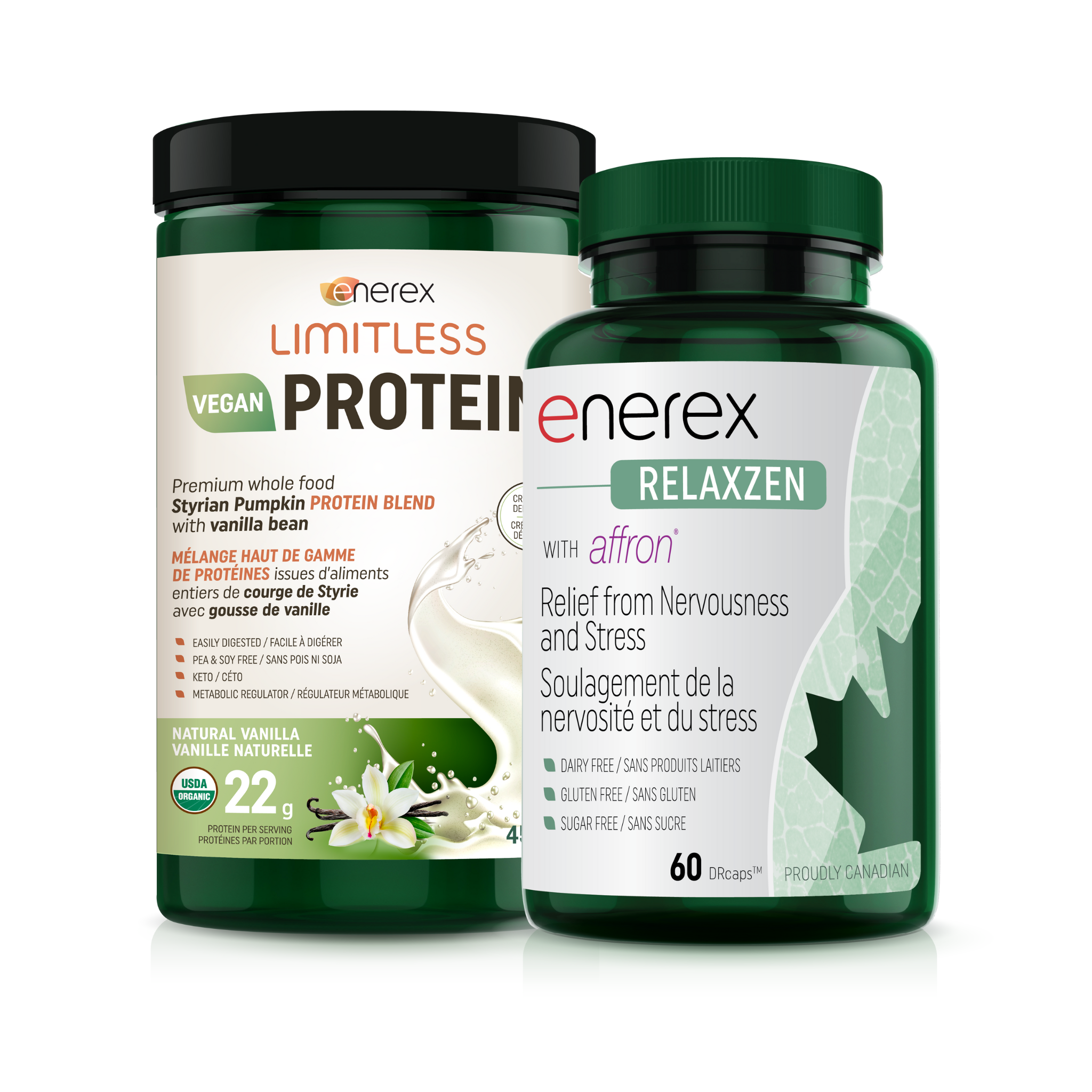
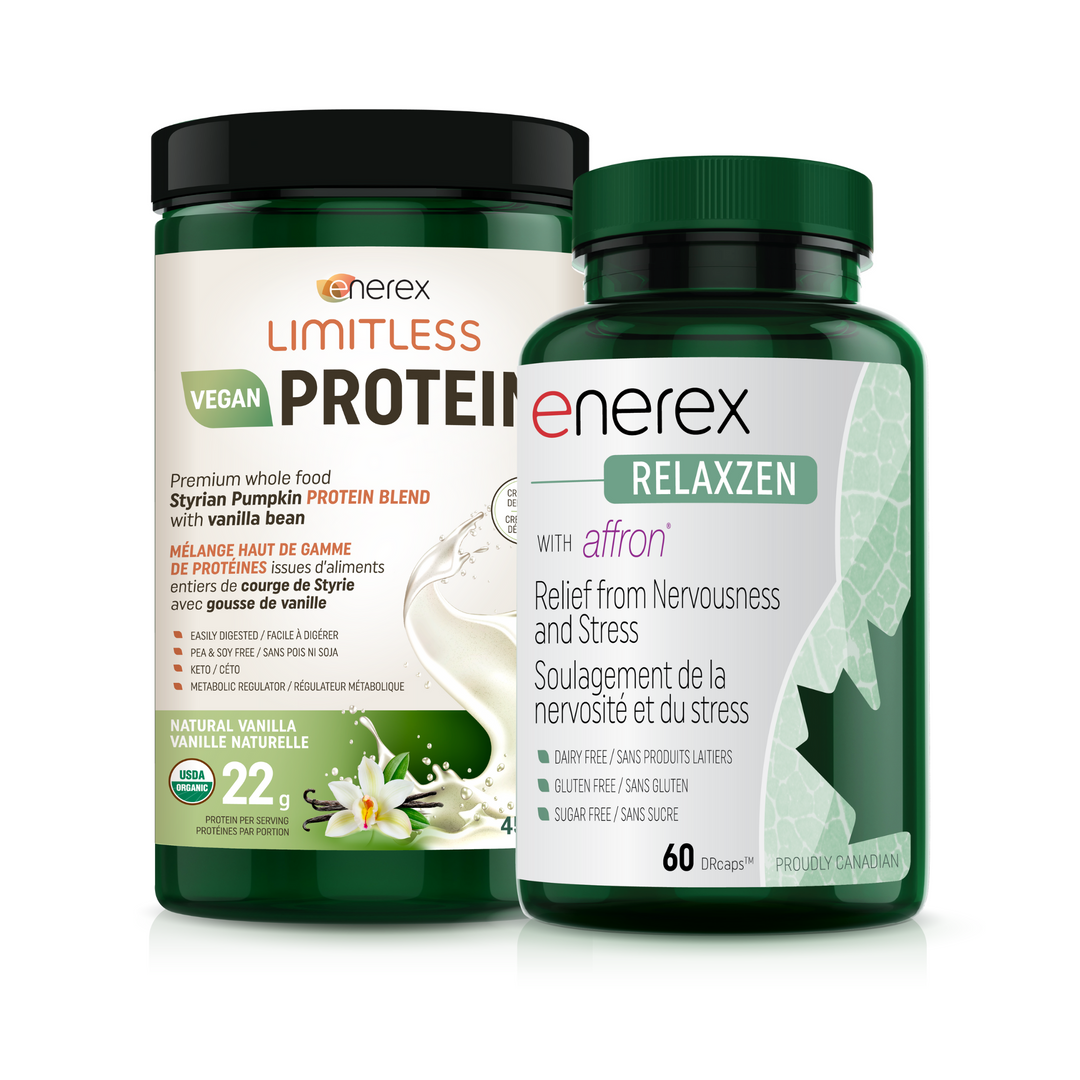
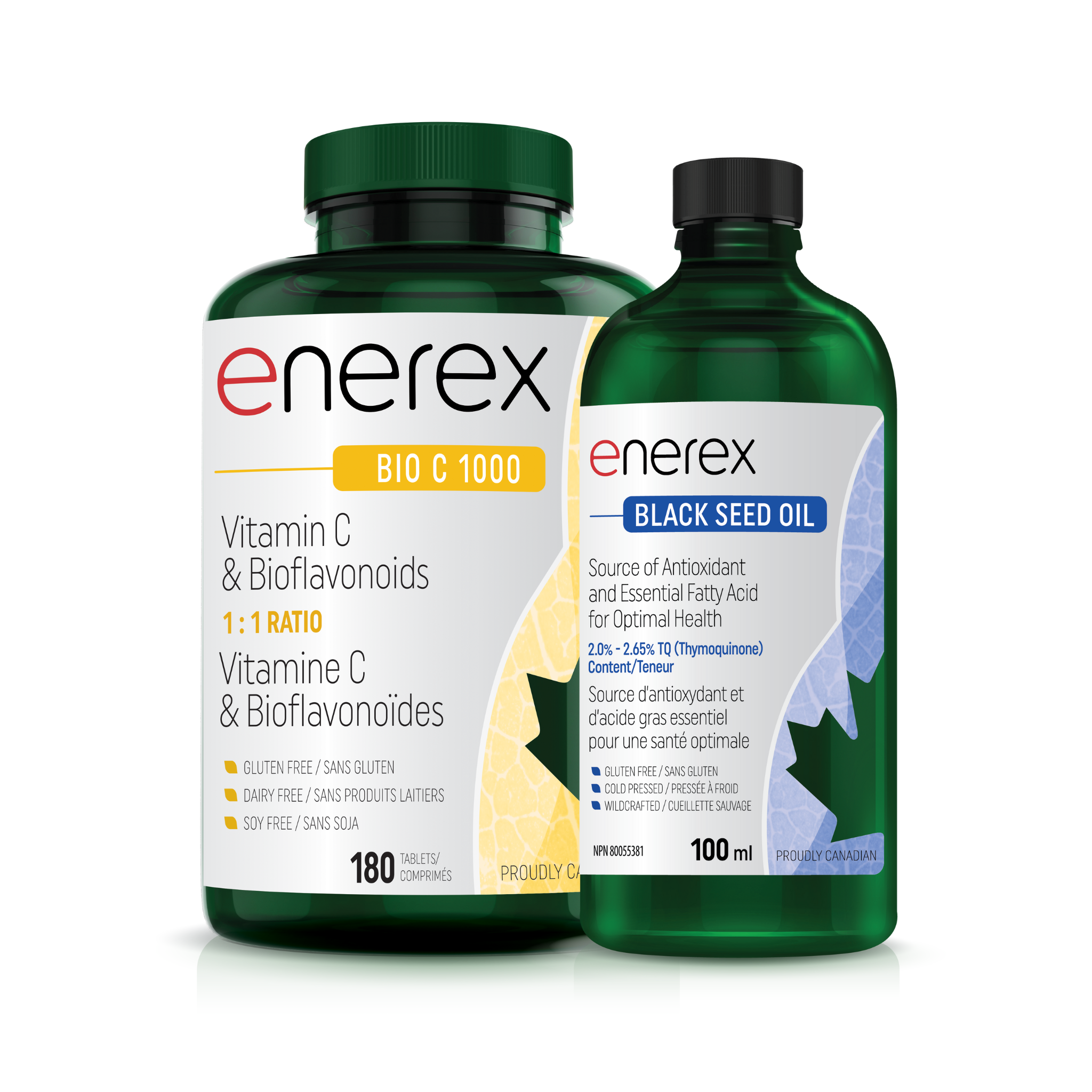
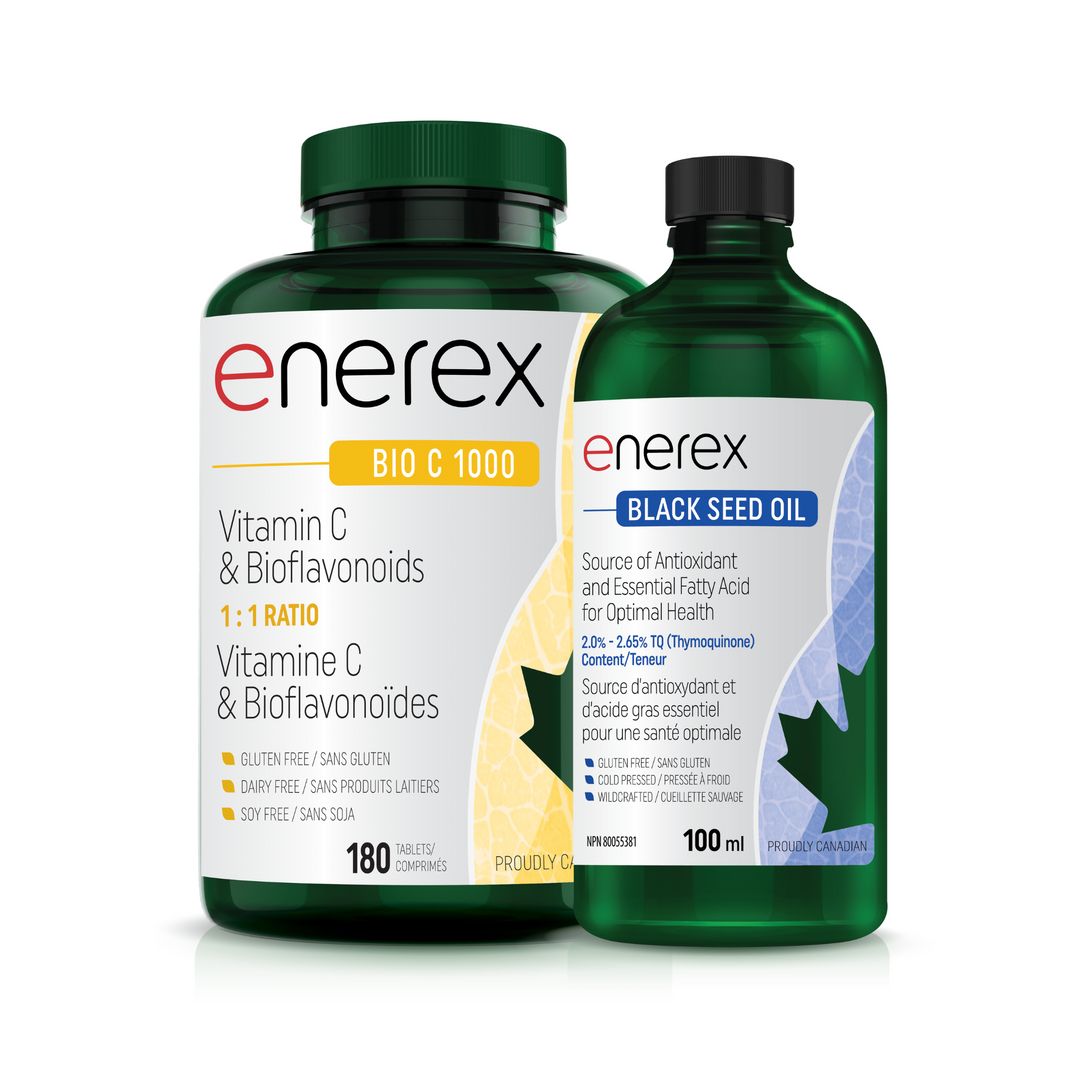
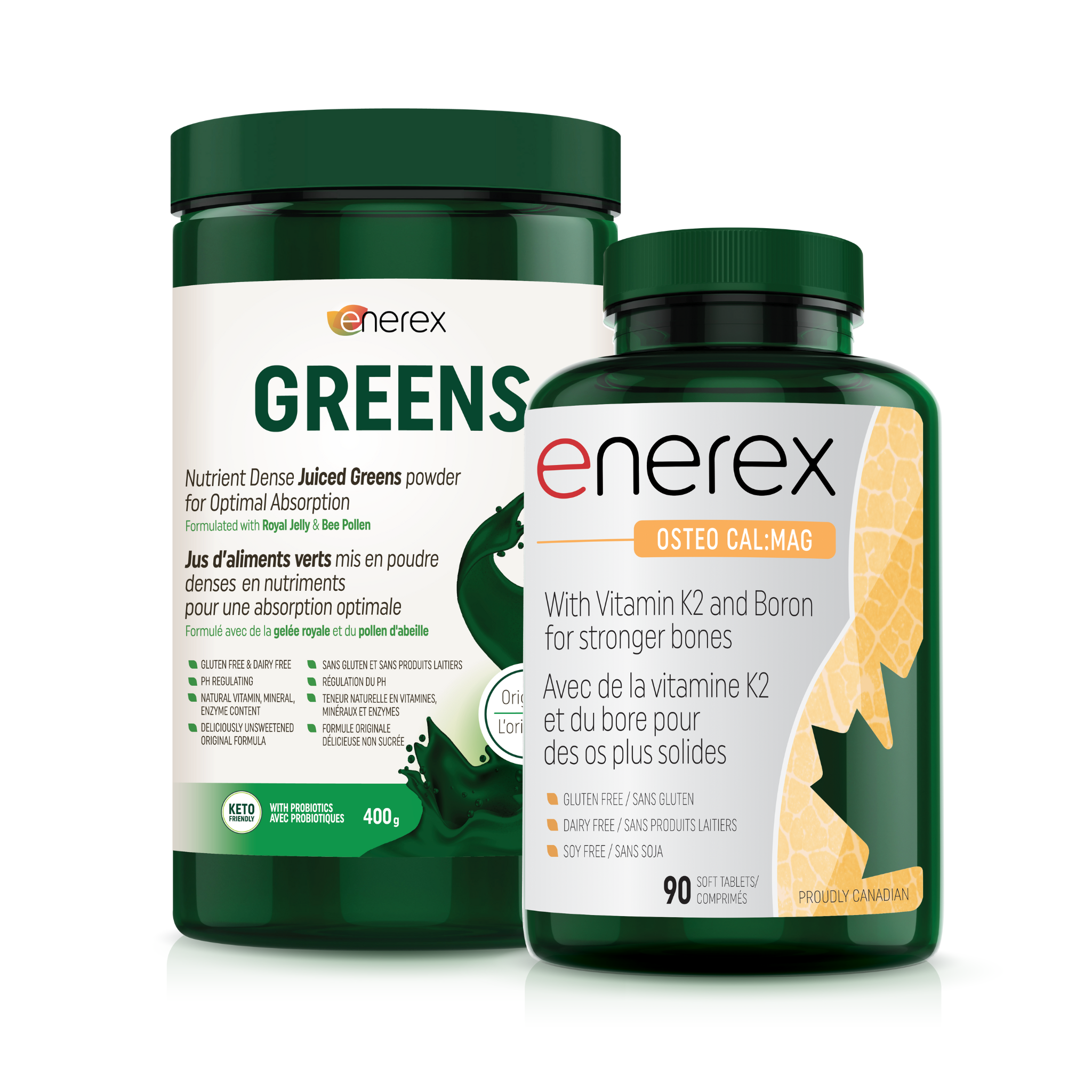
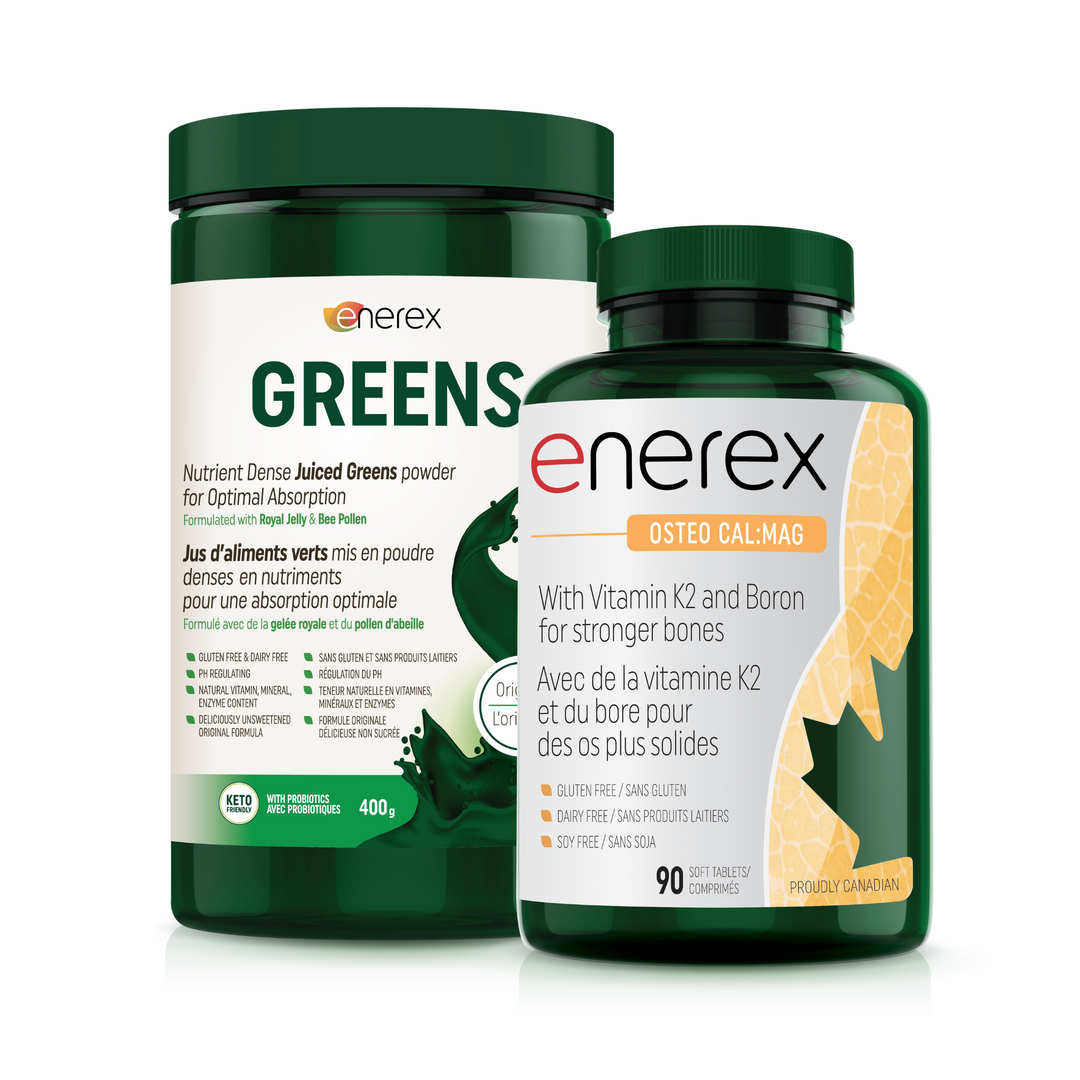
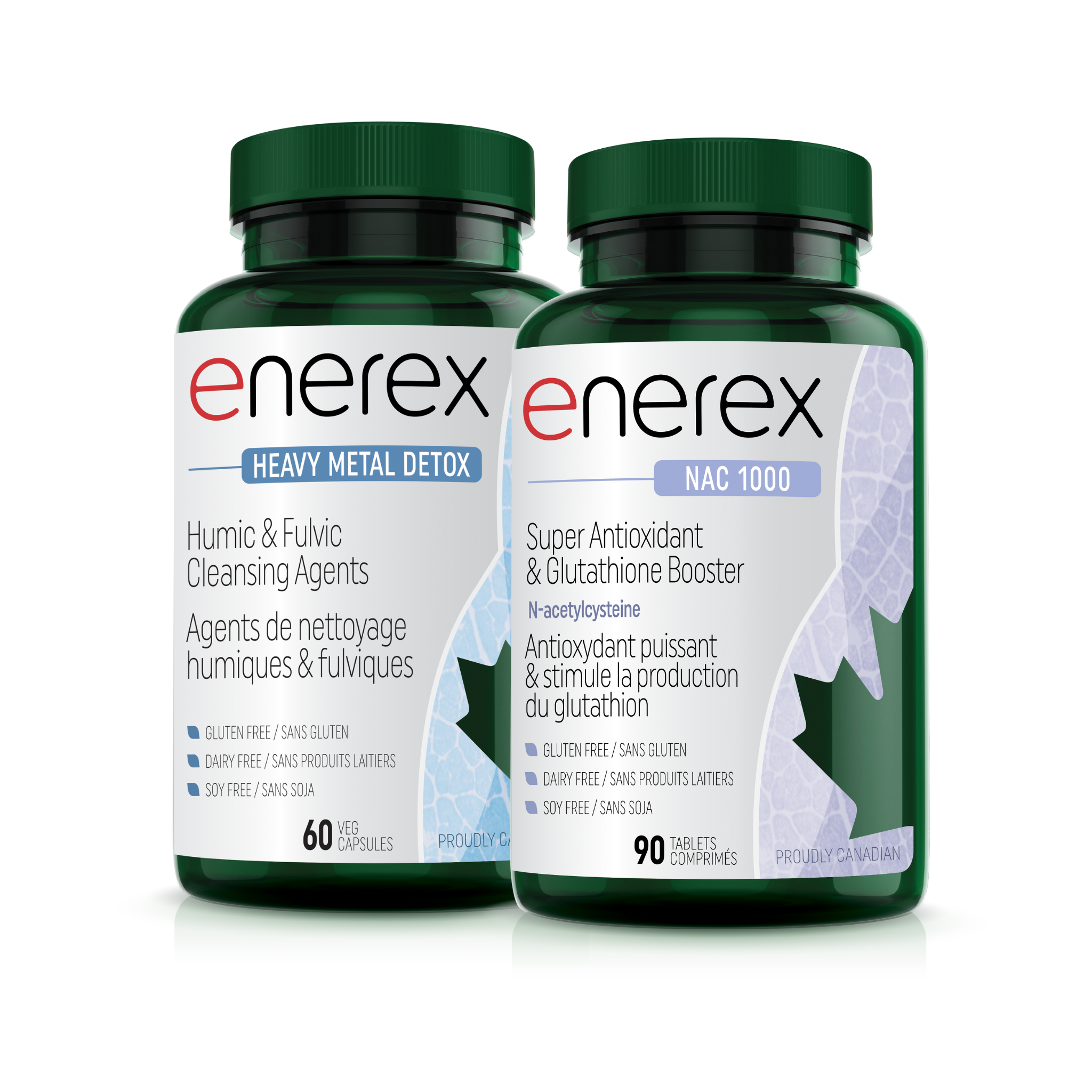
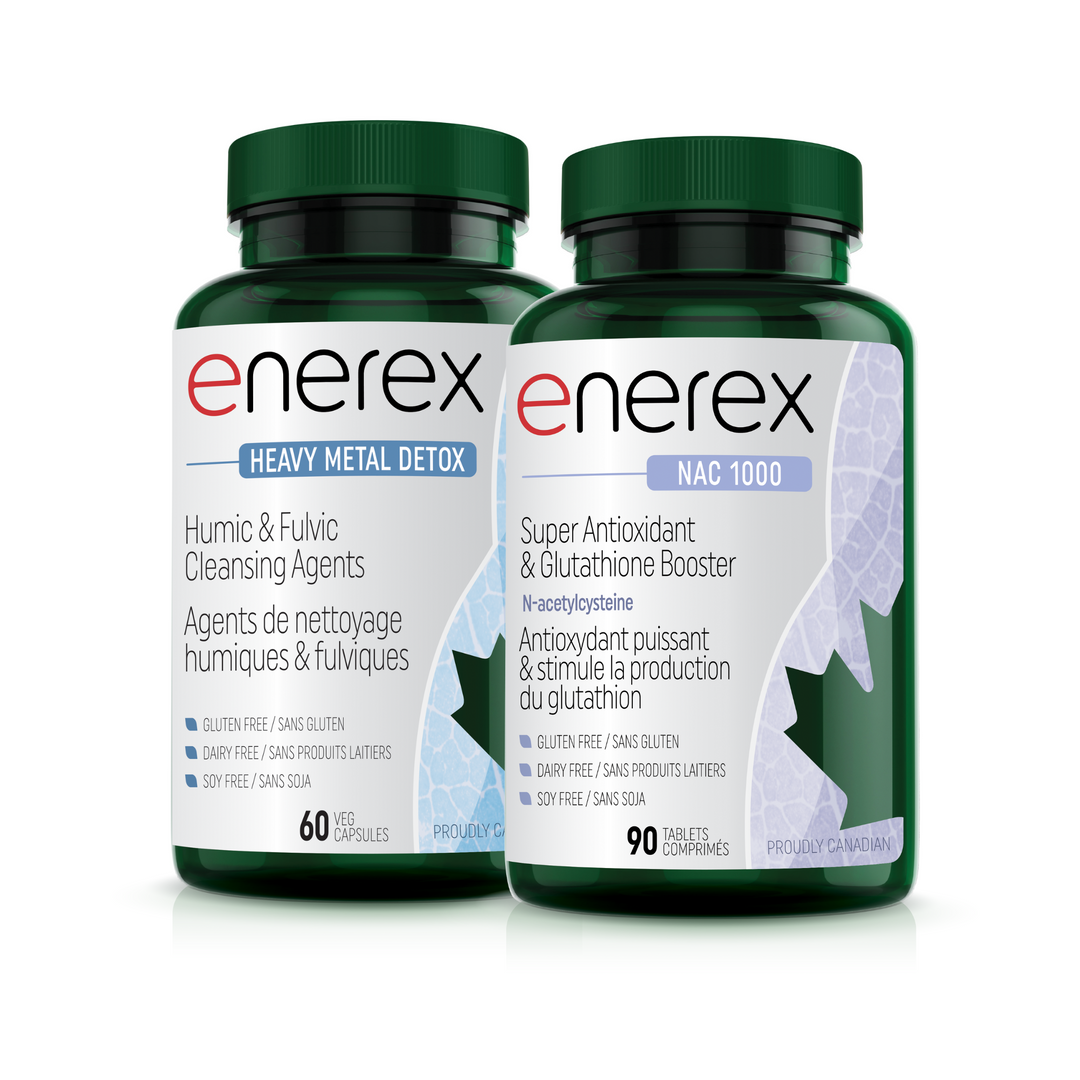
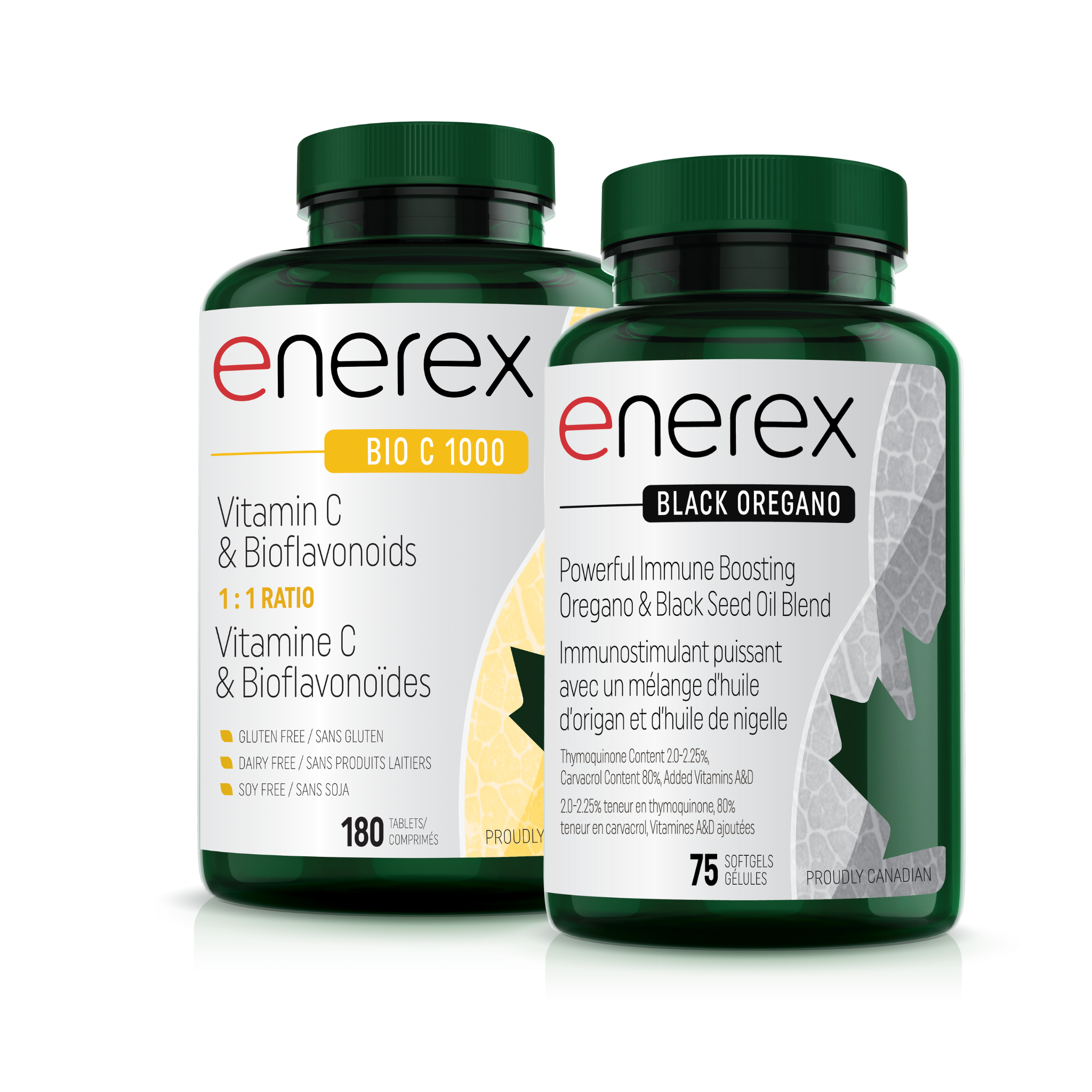
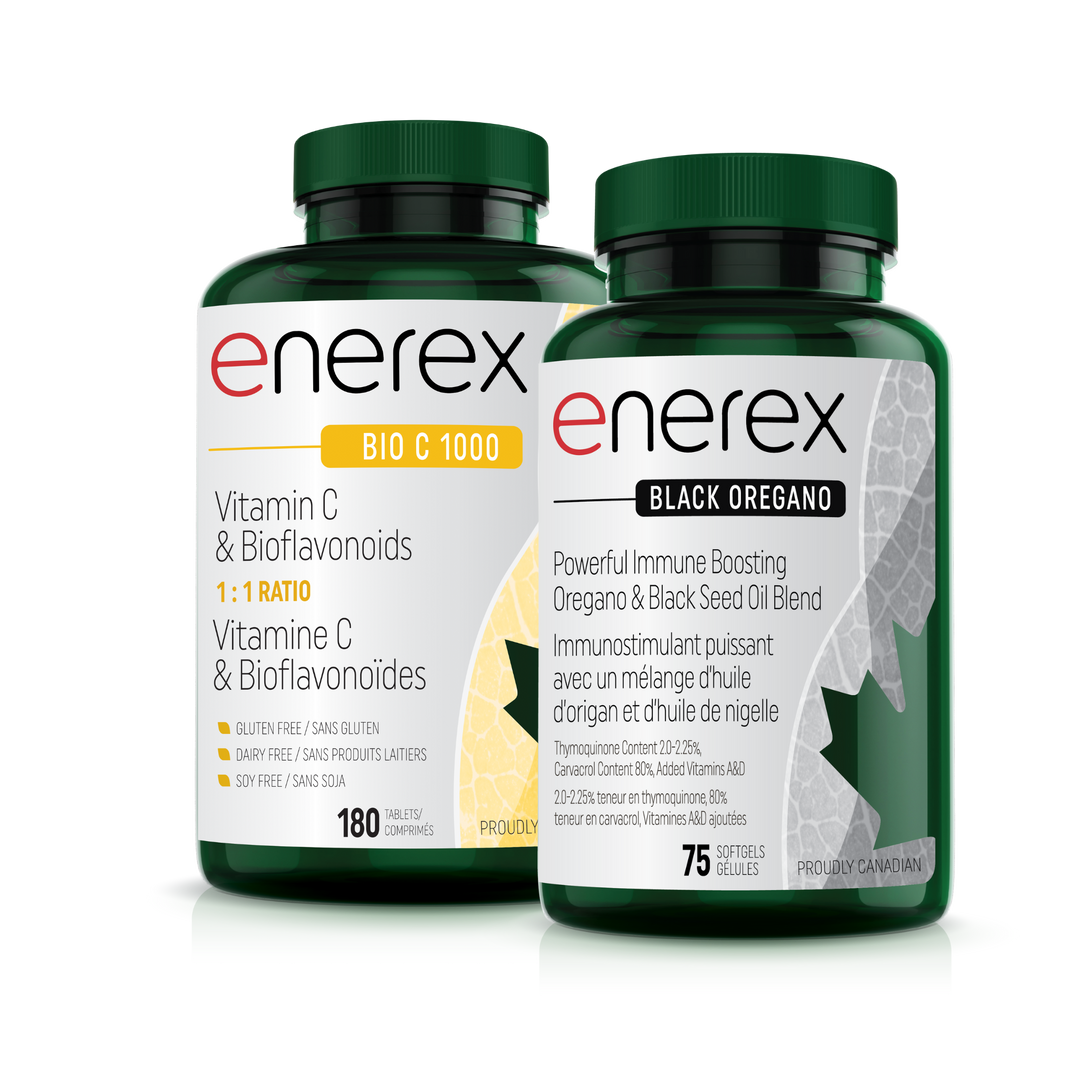
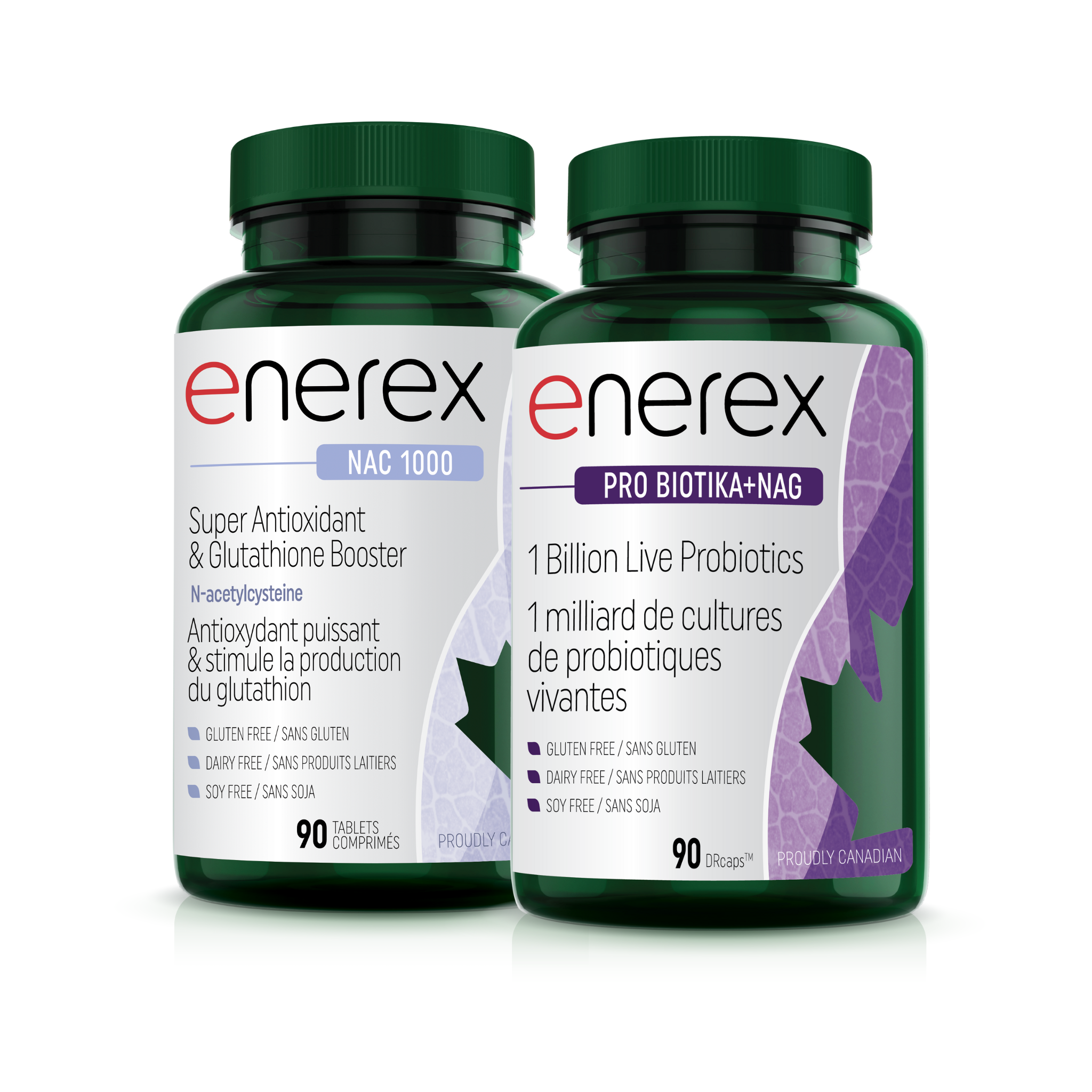
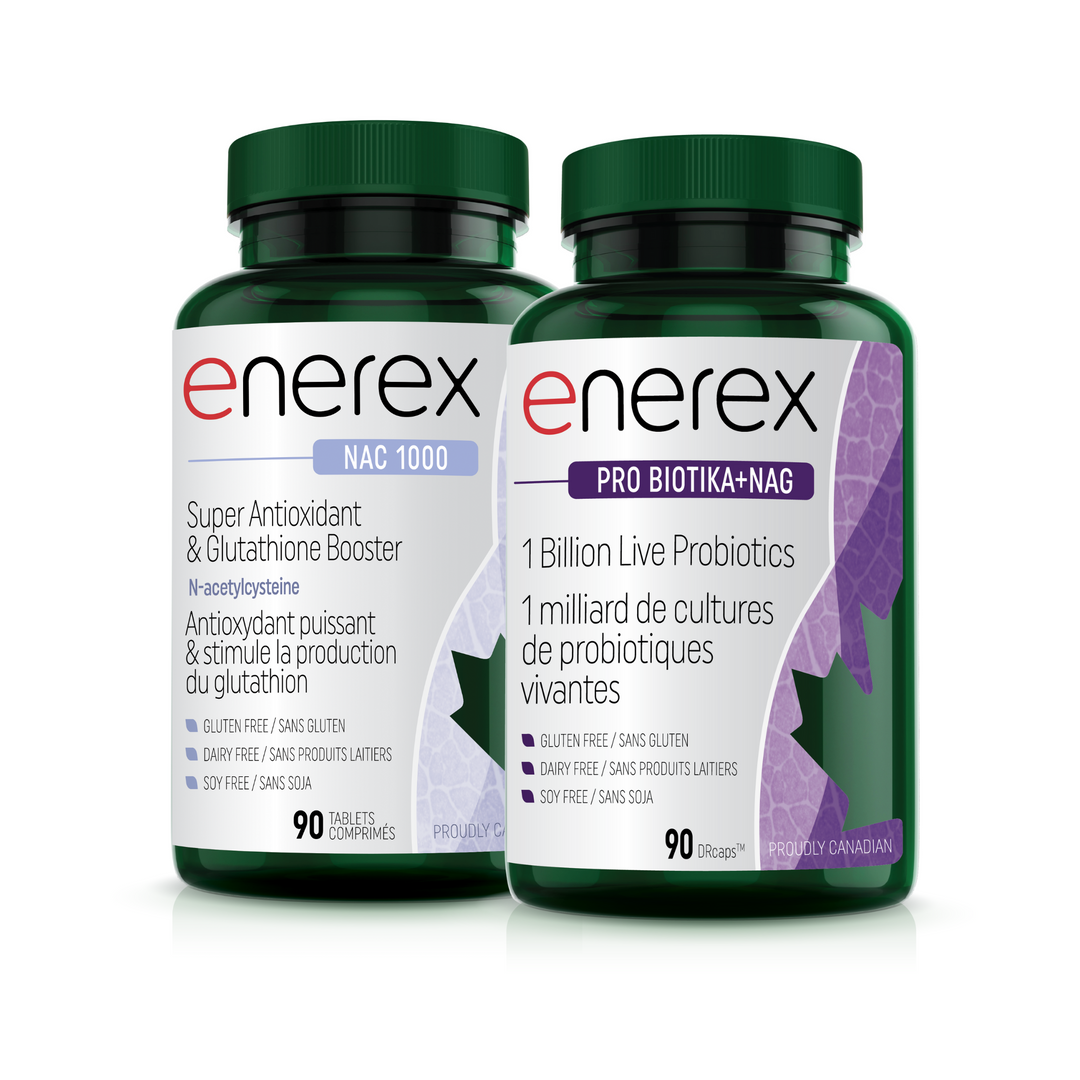
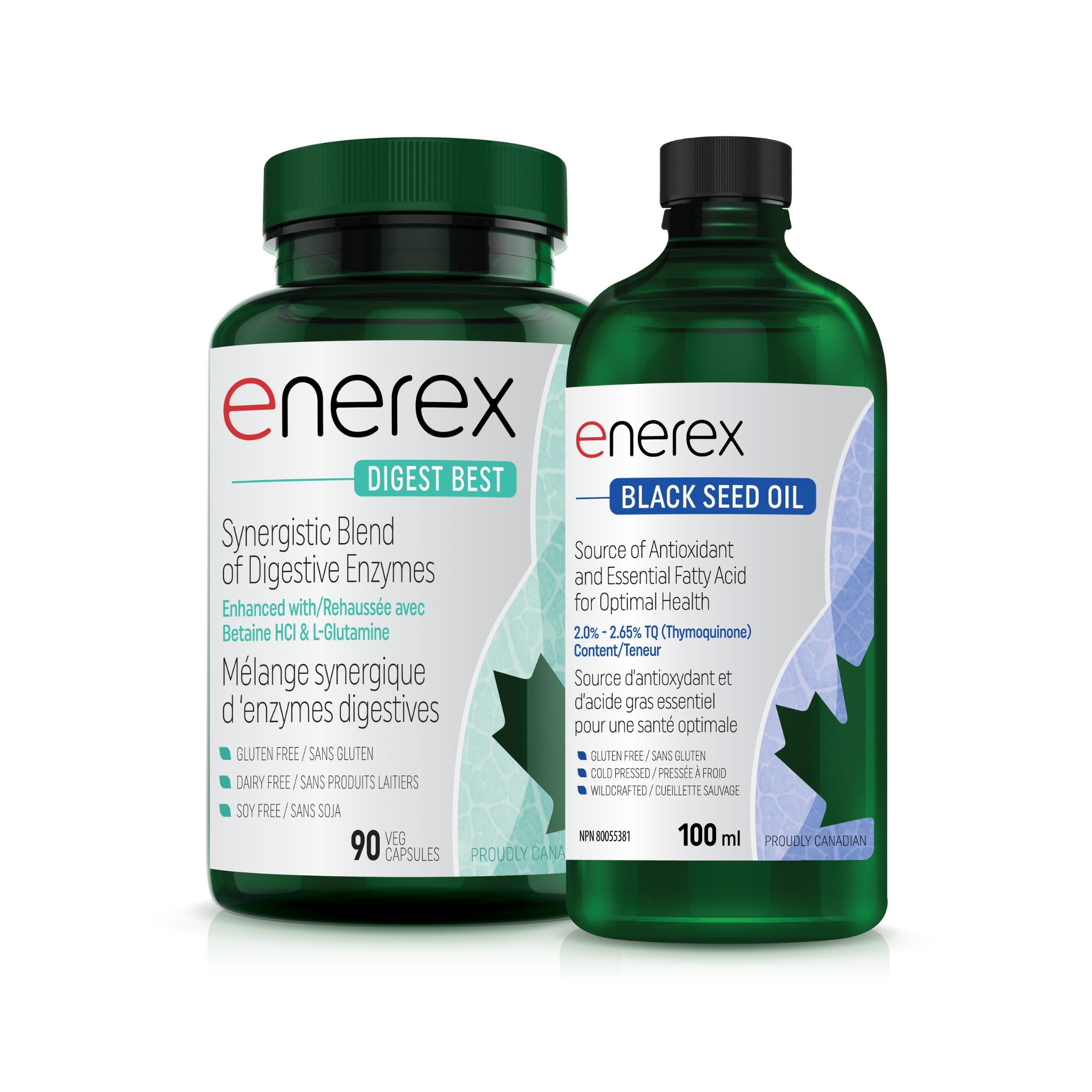
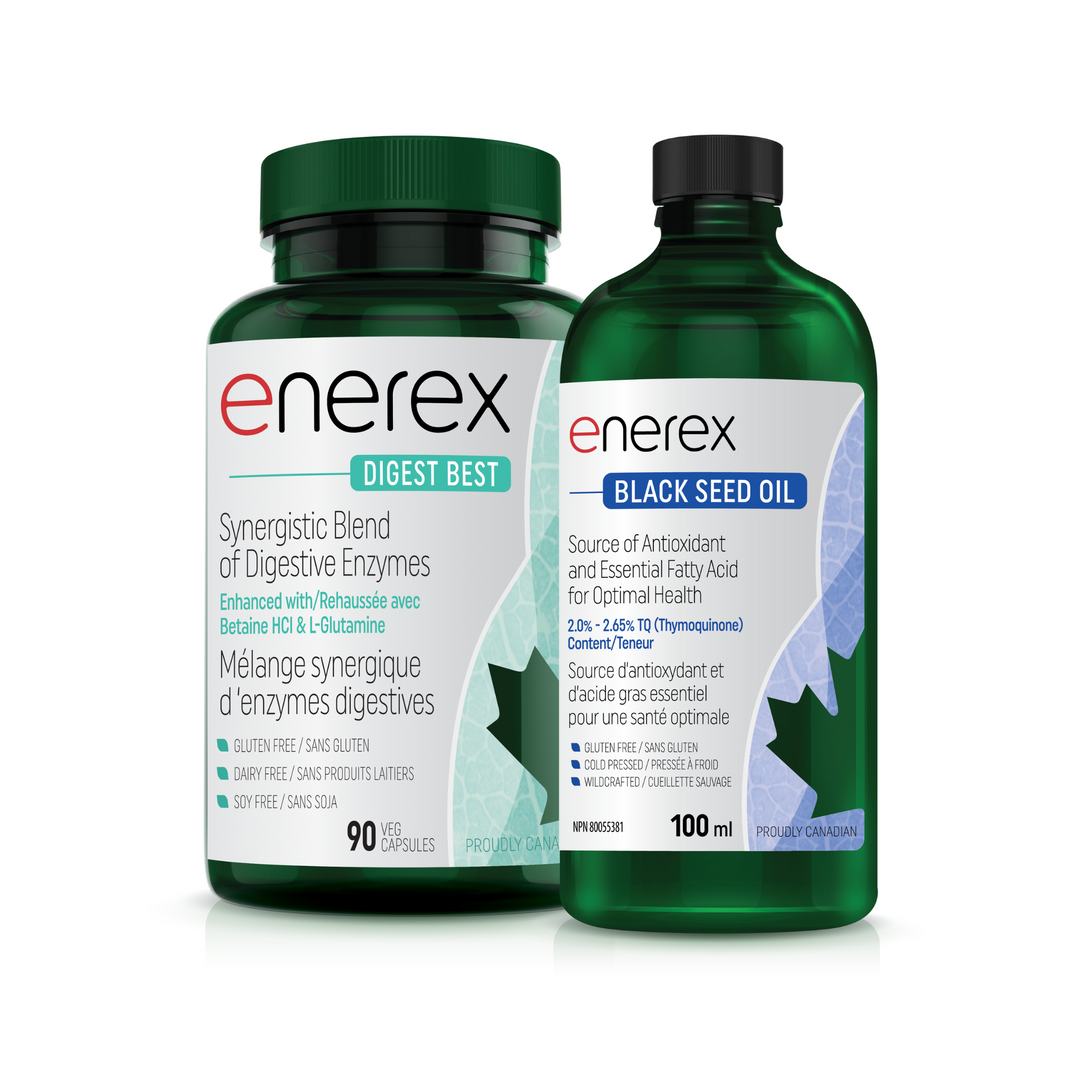
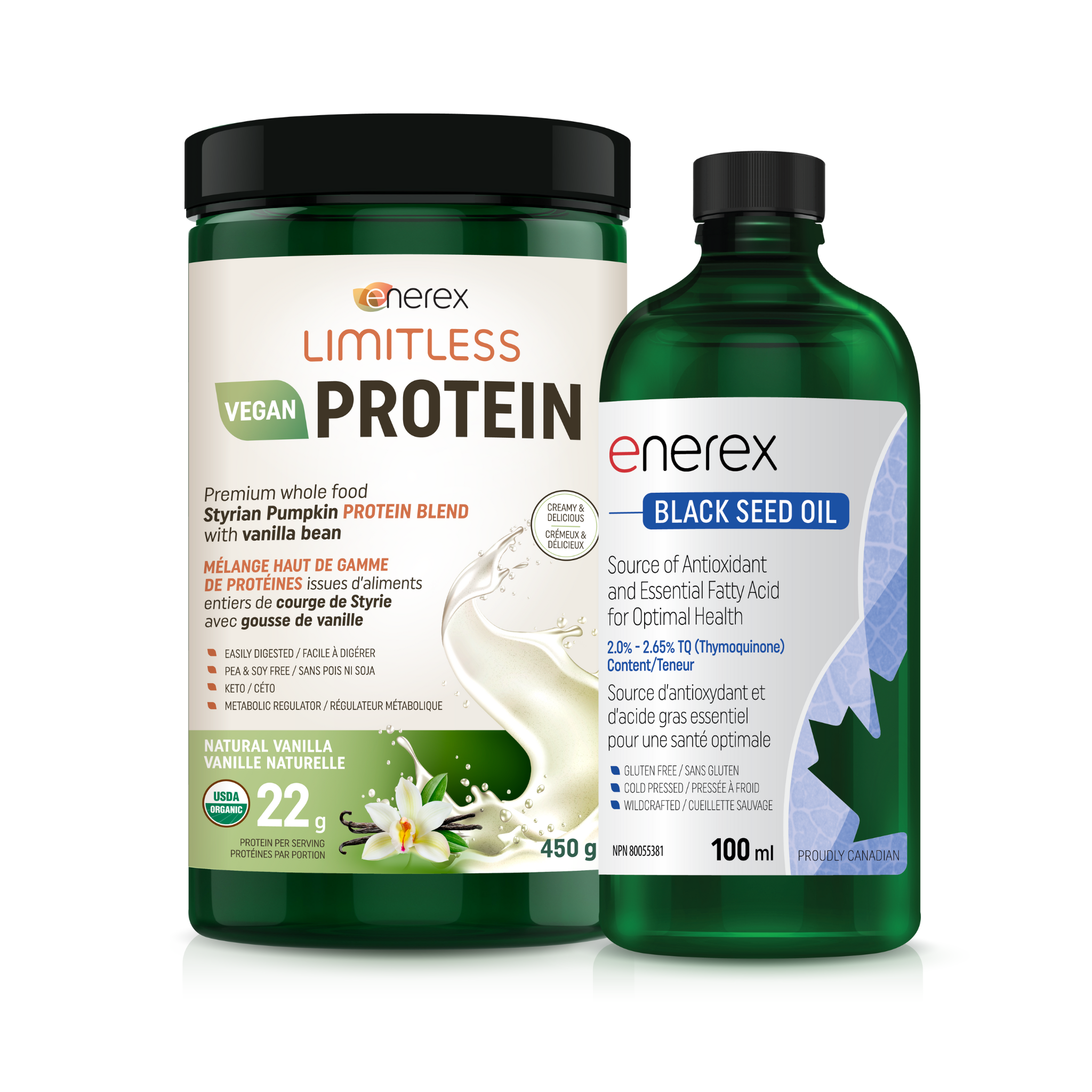
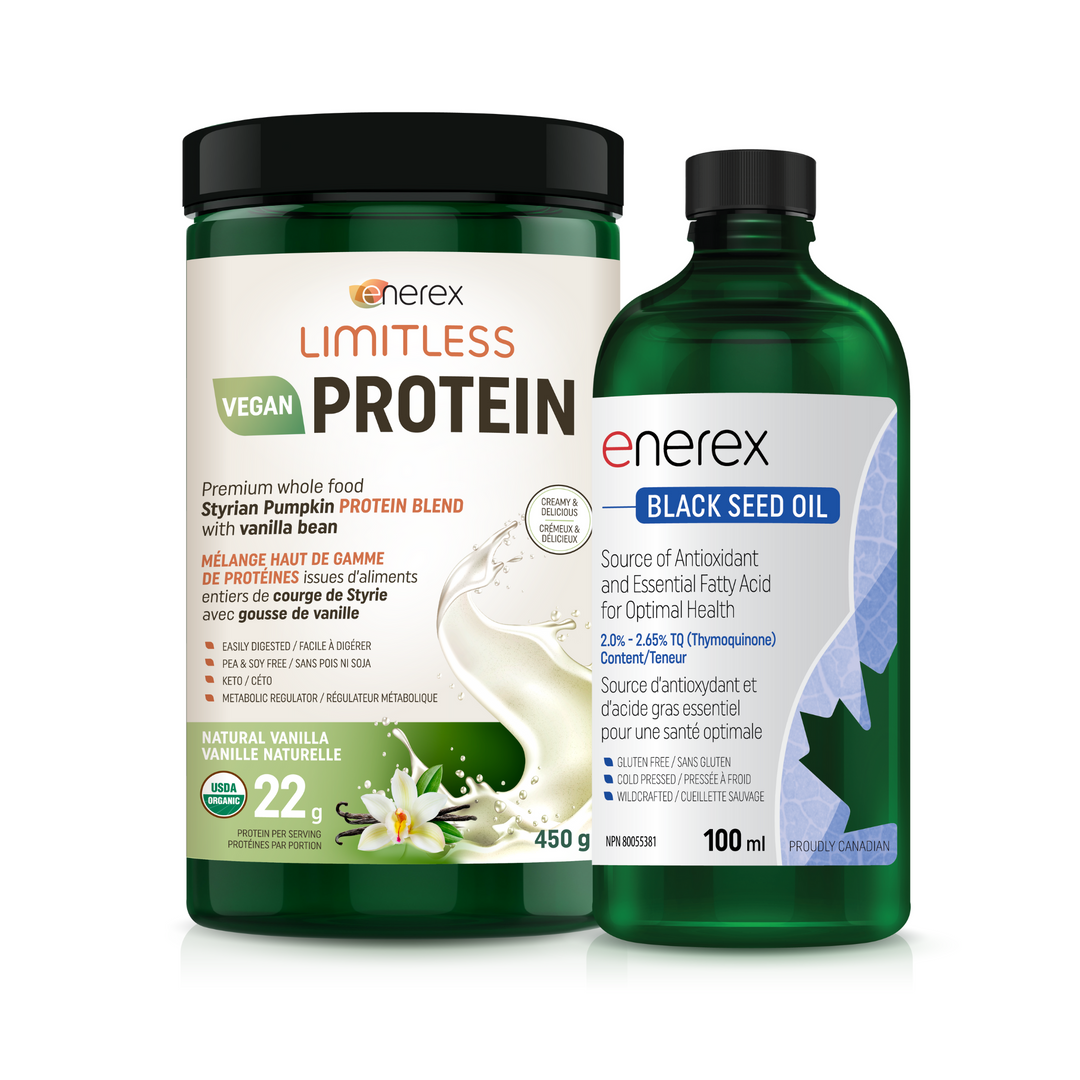
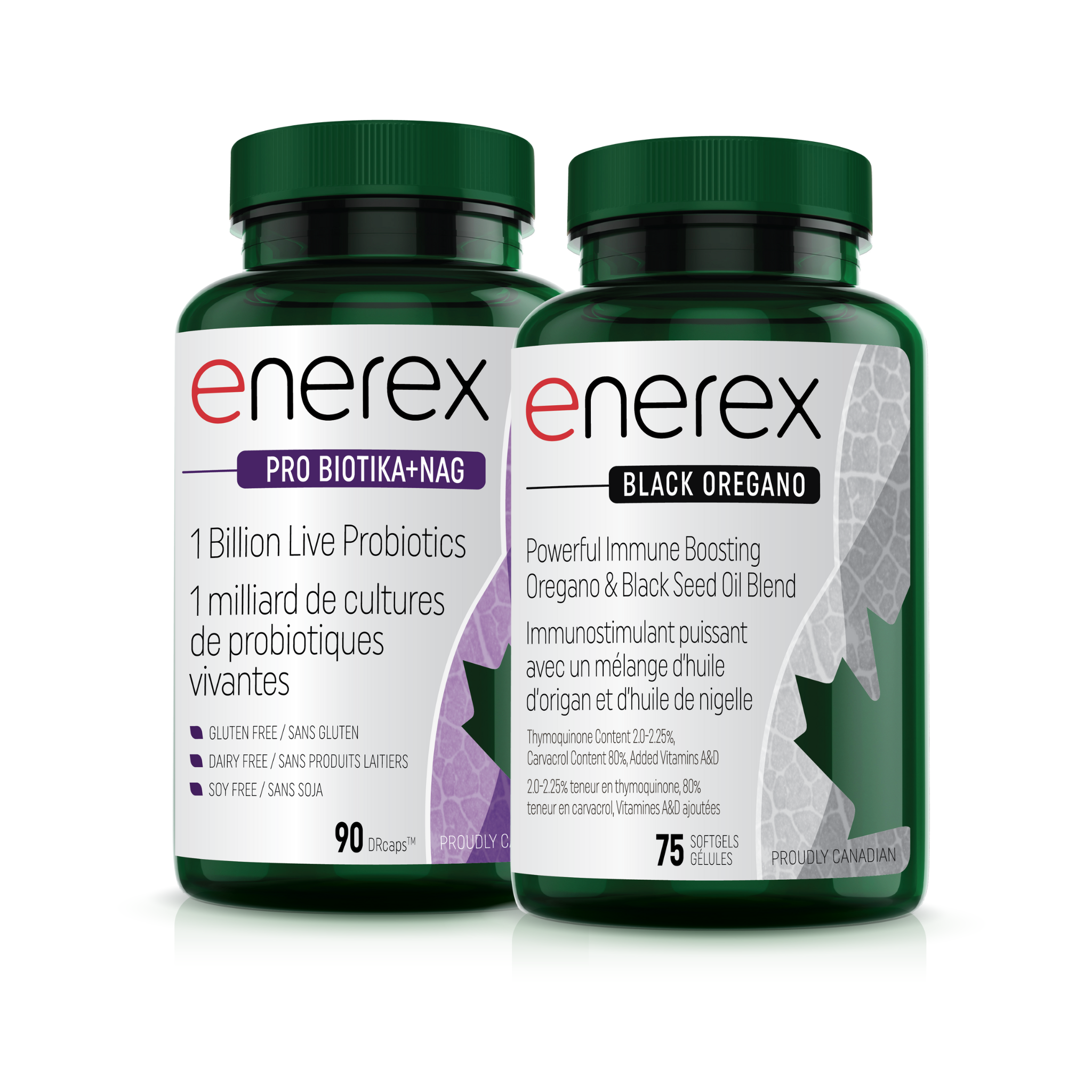
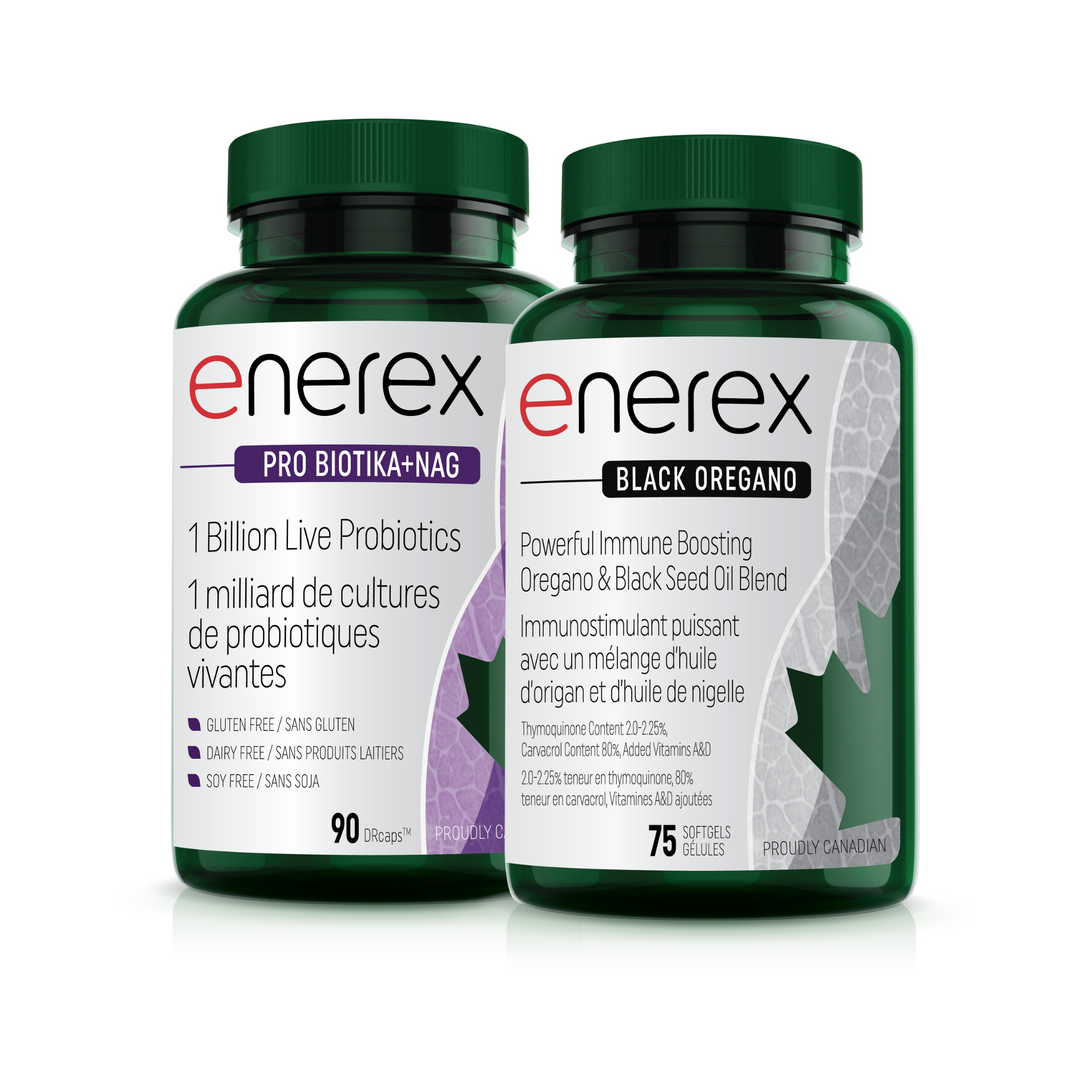
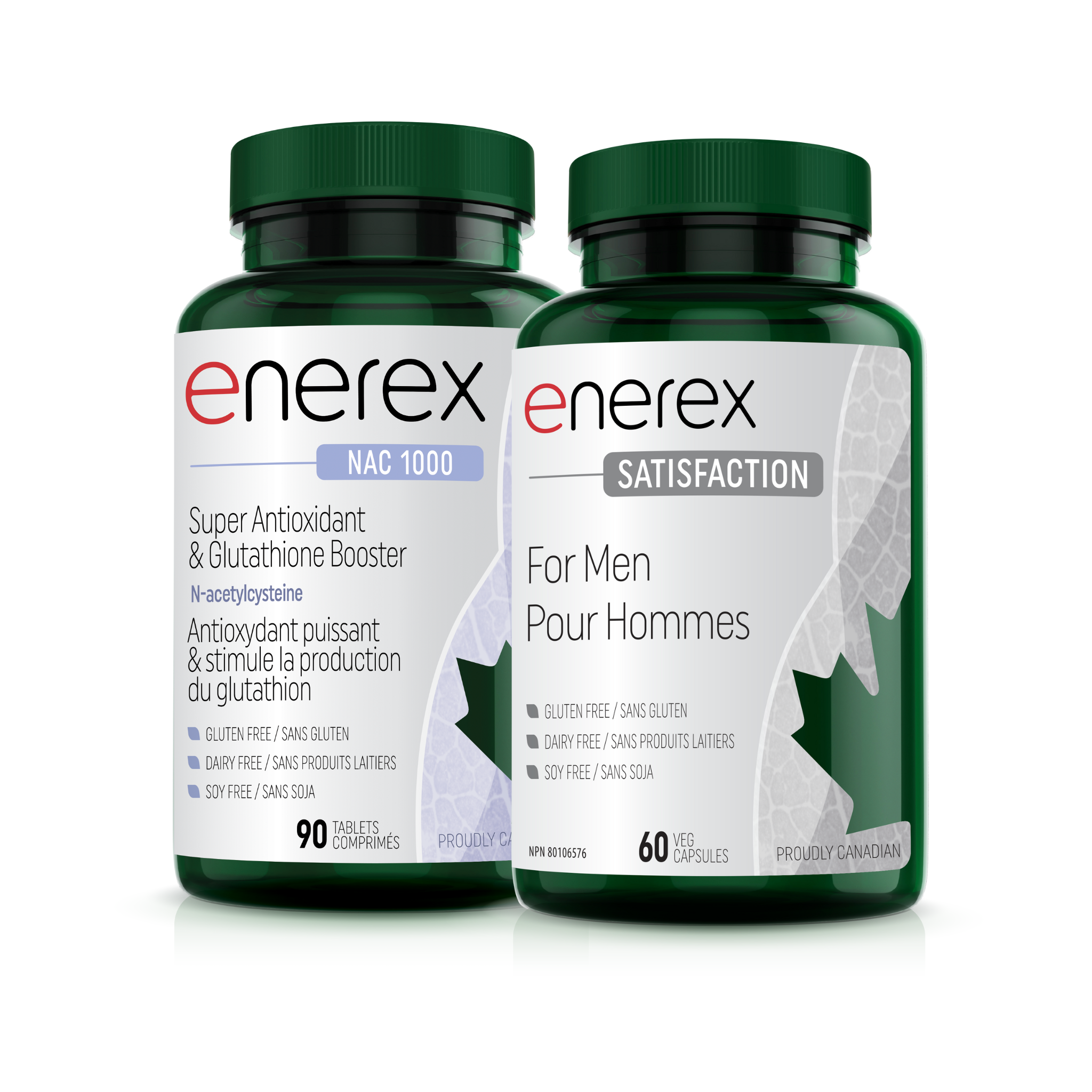
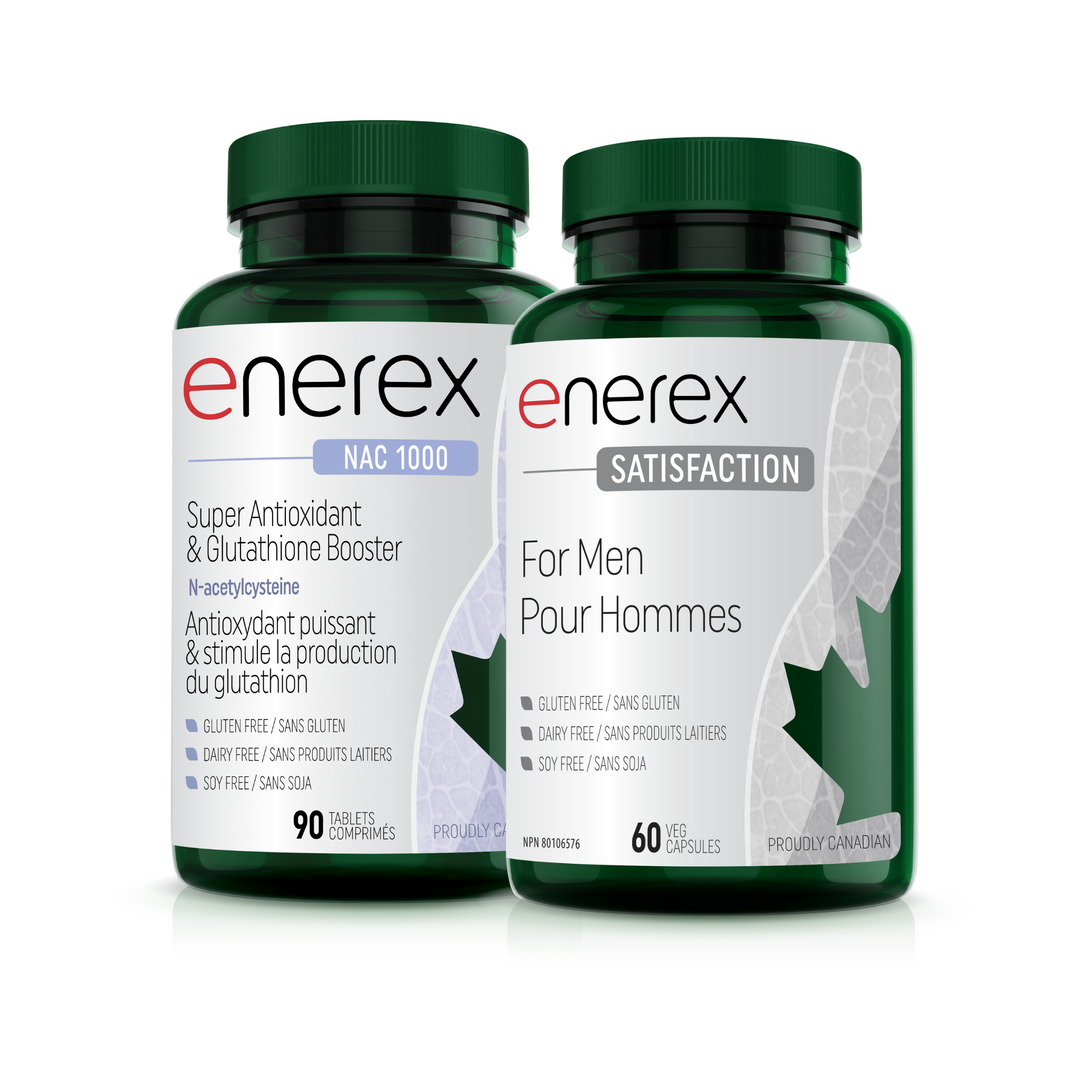
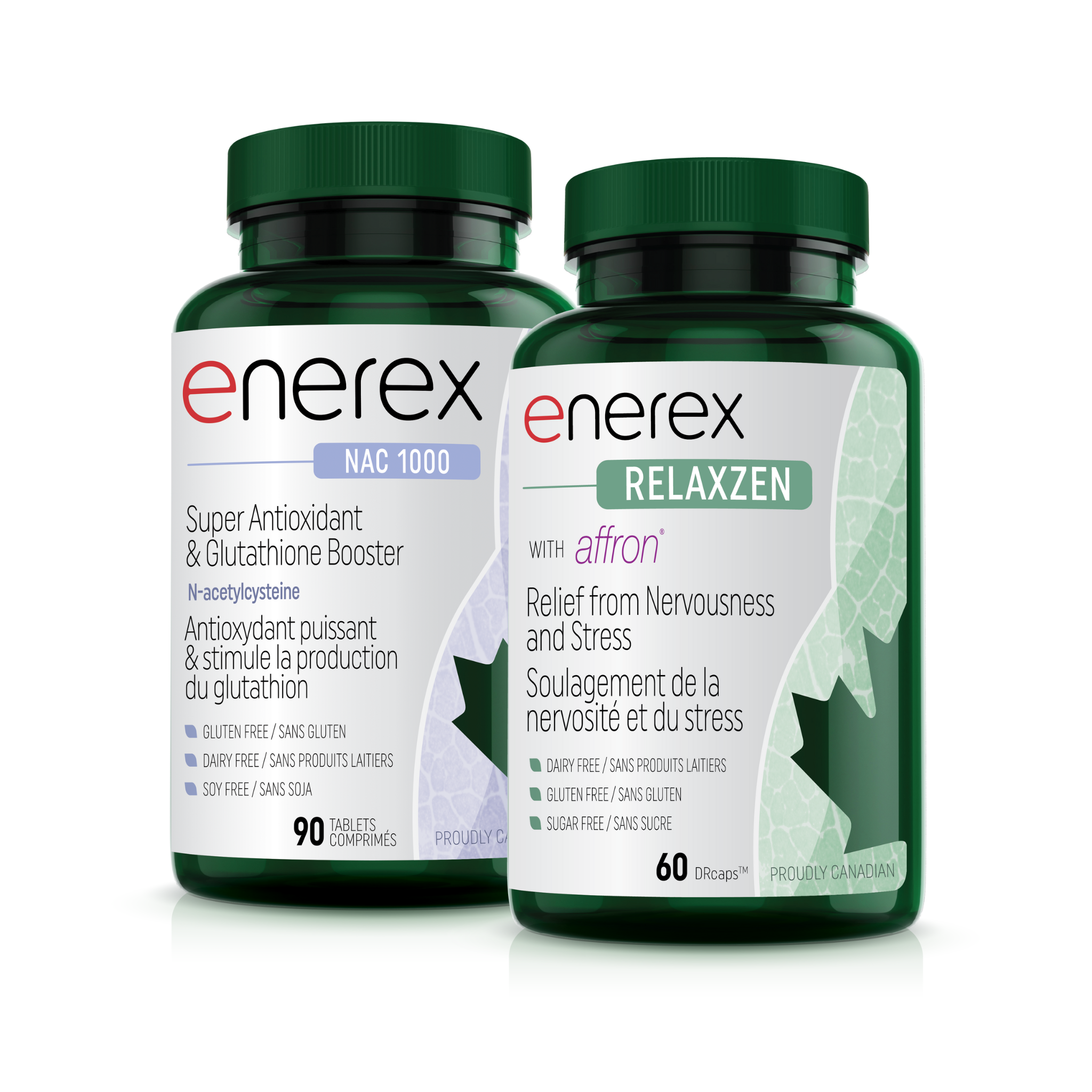
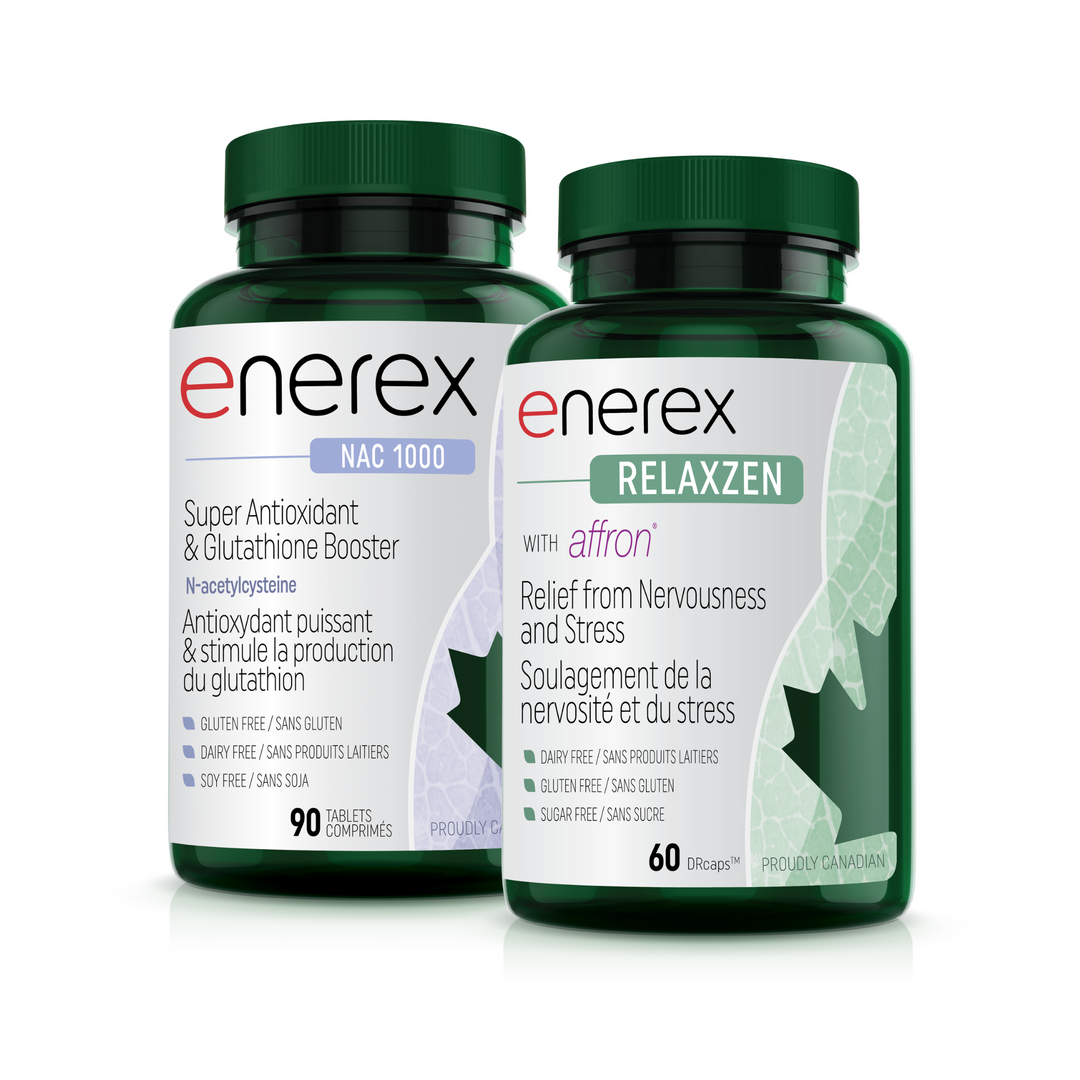
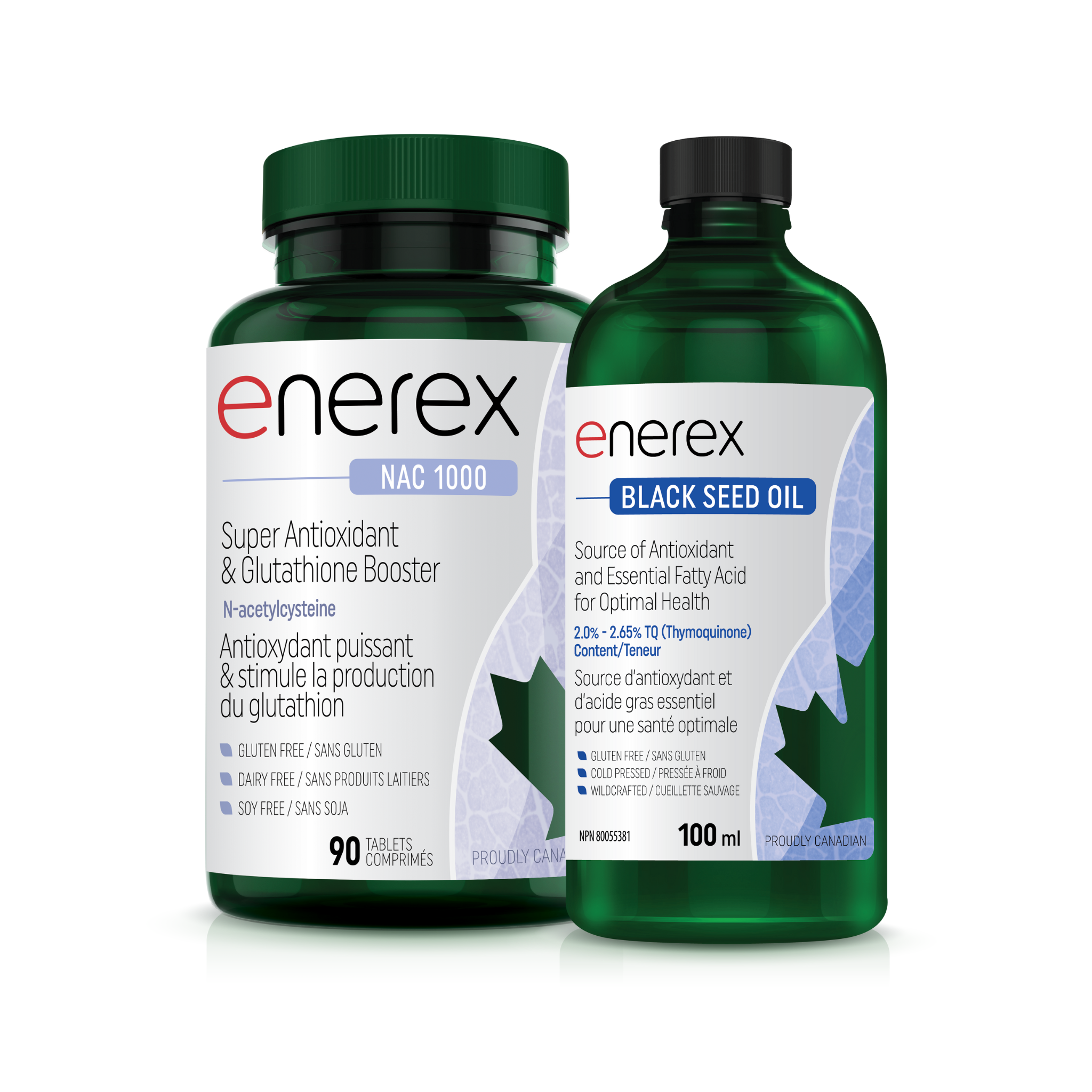
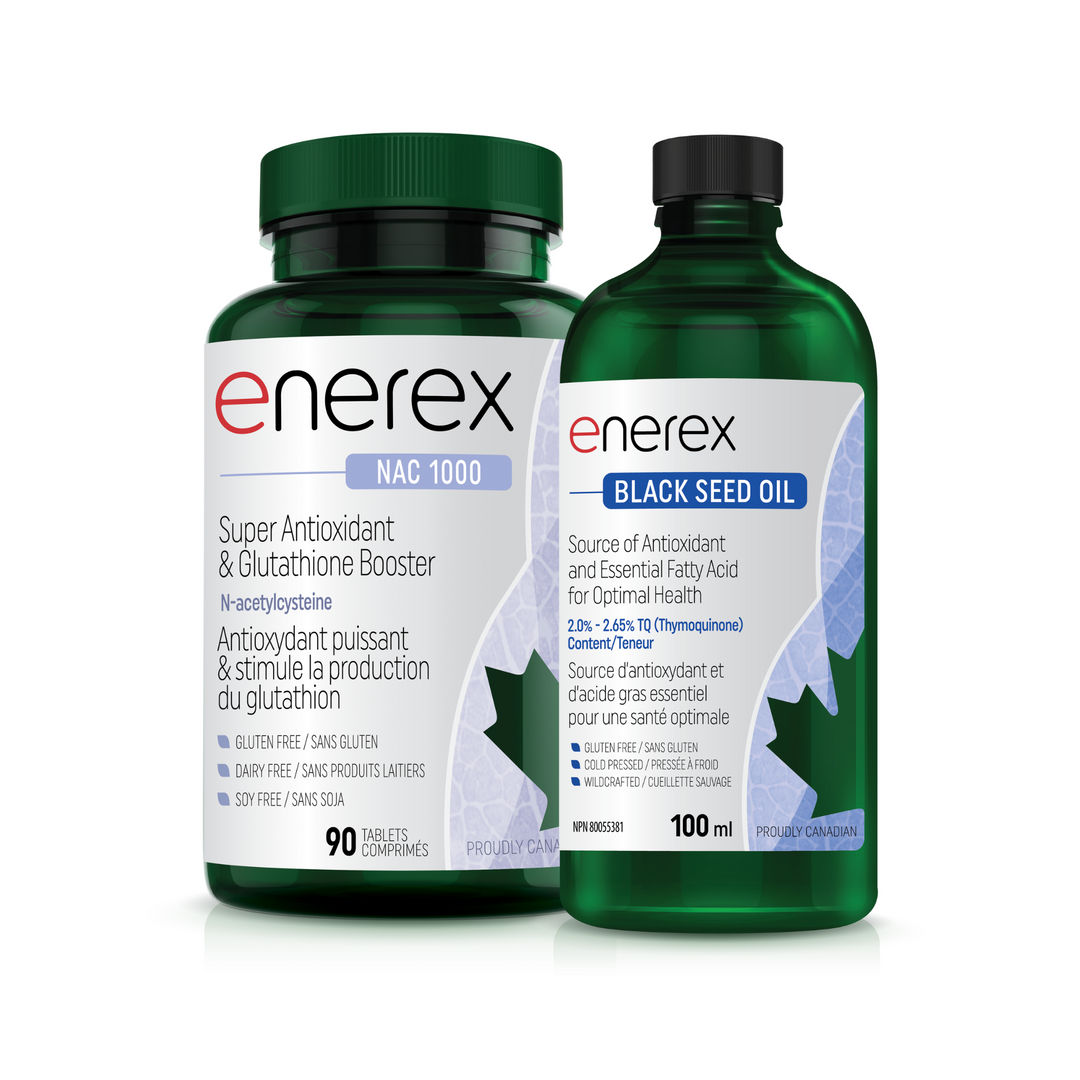
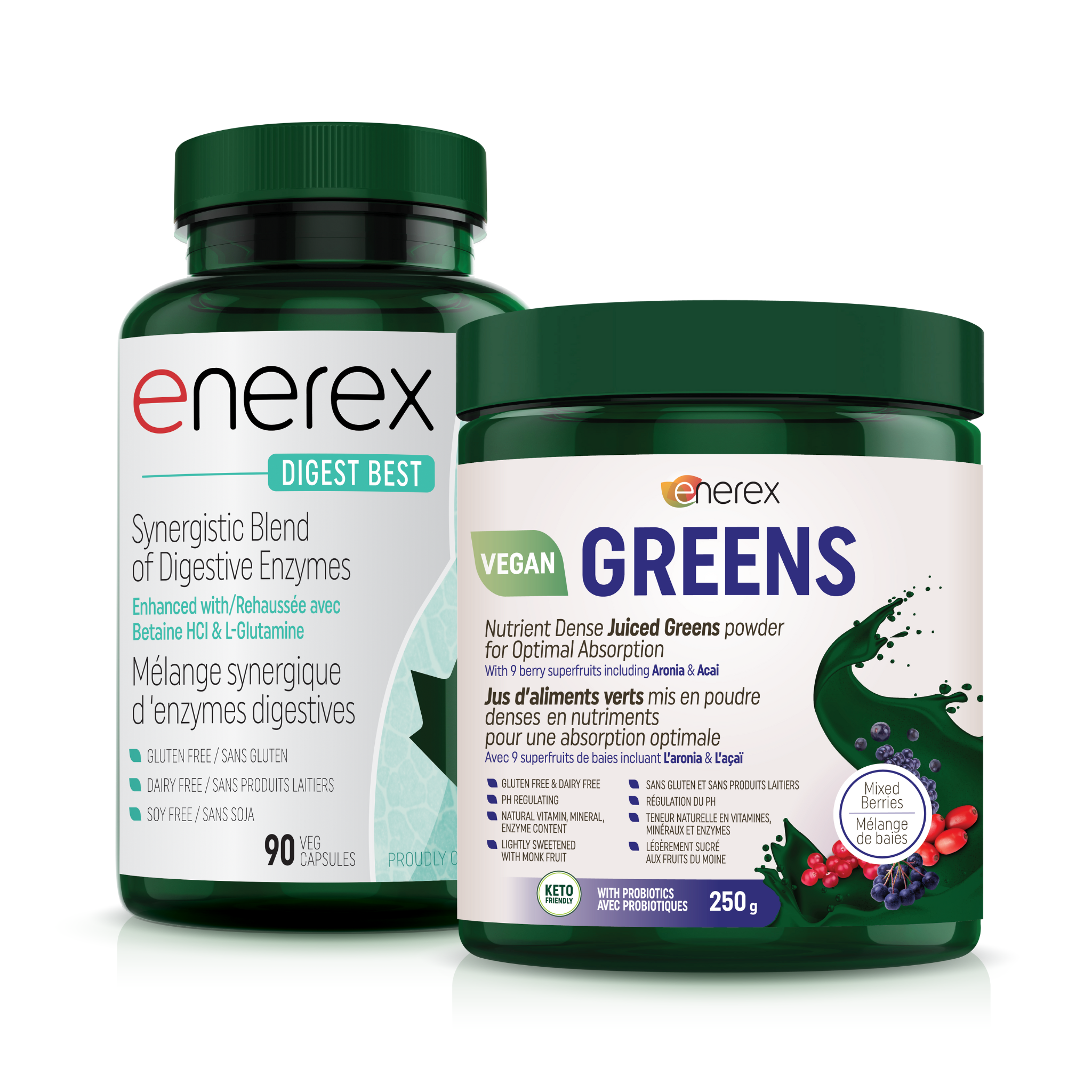
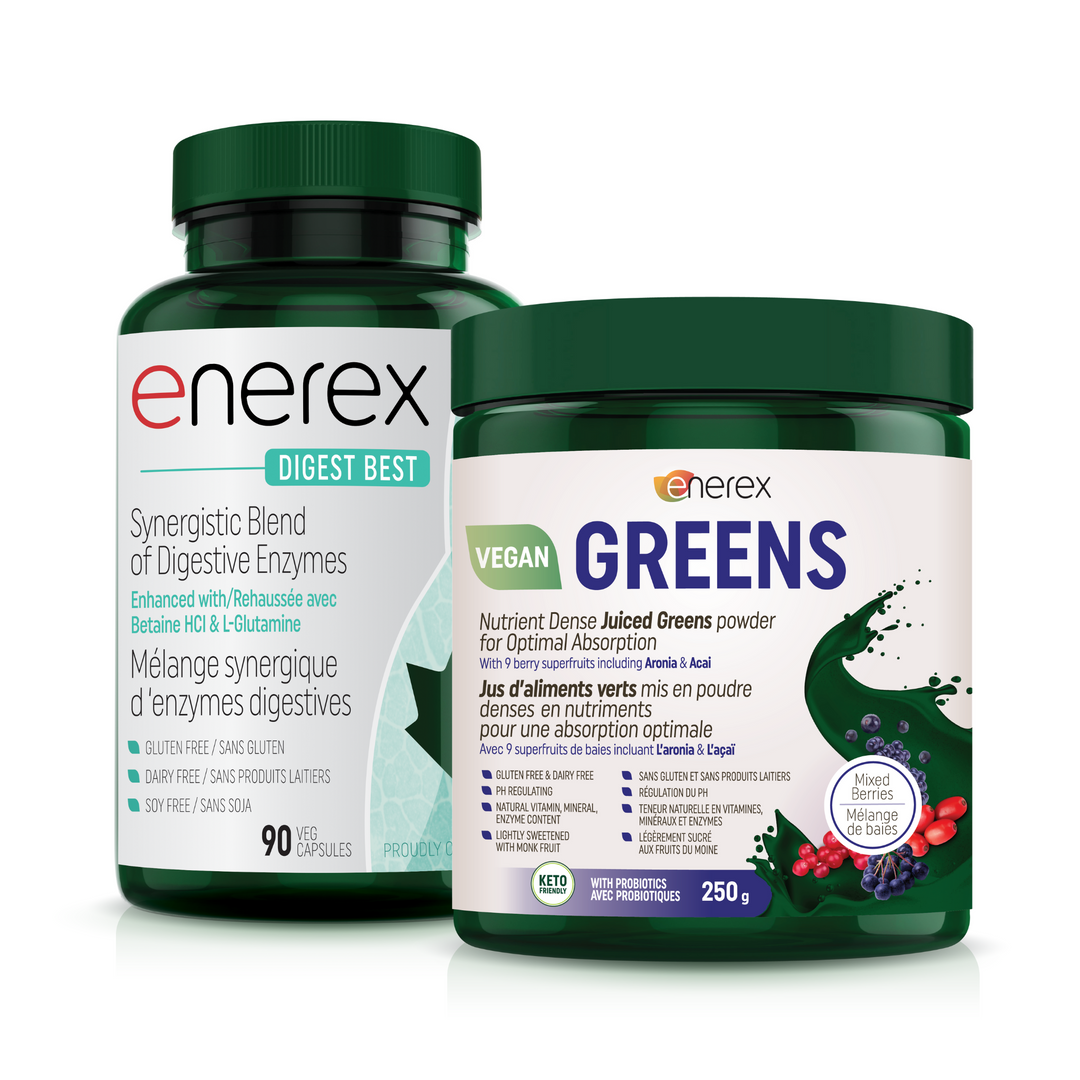
Laissez un commentaire